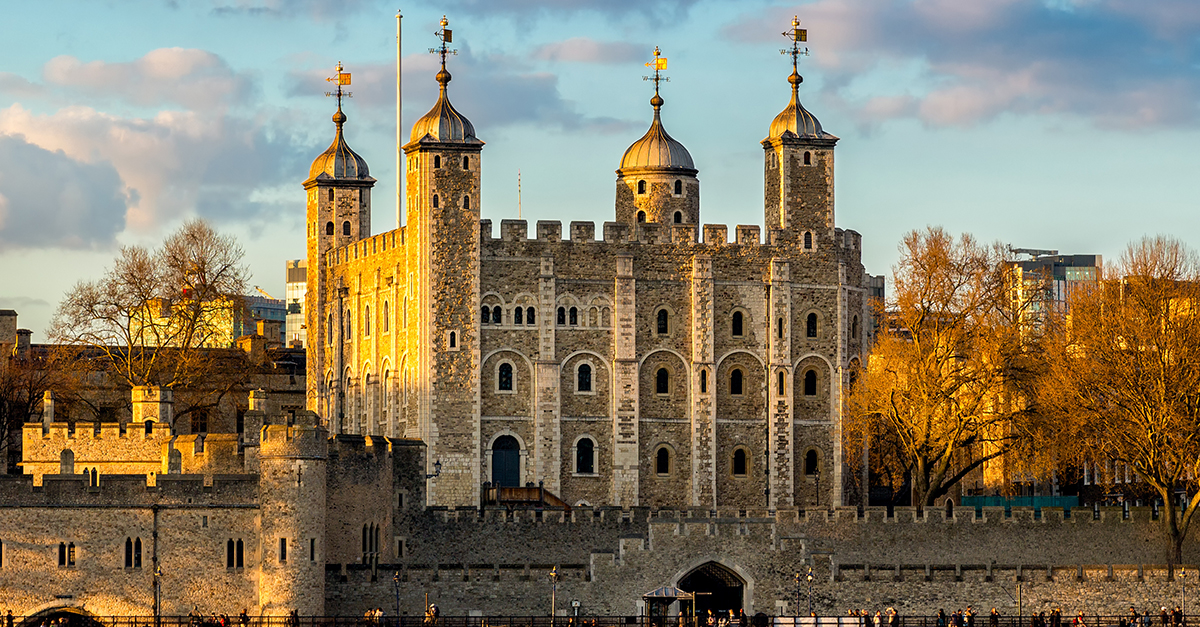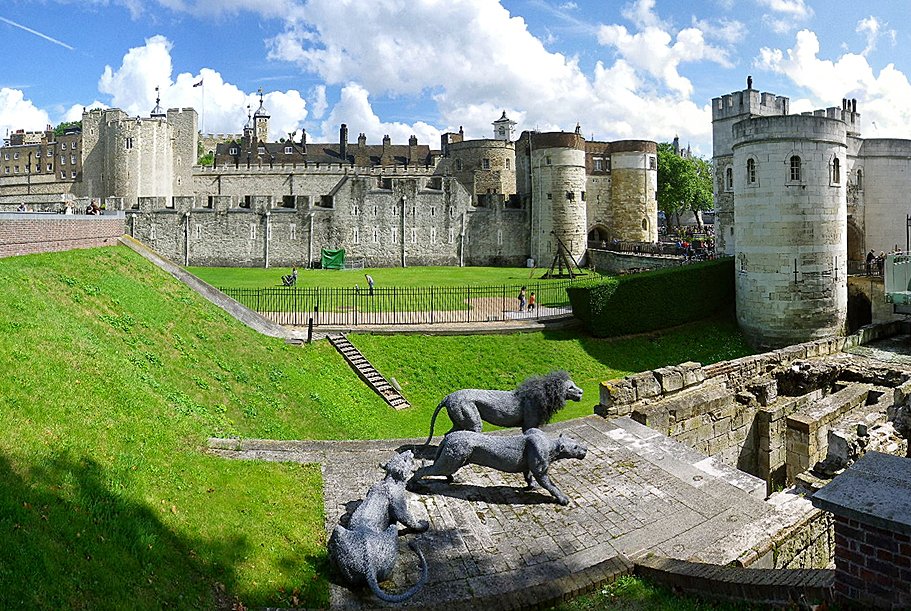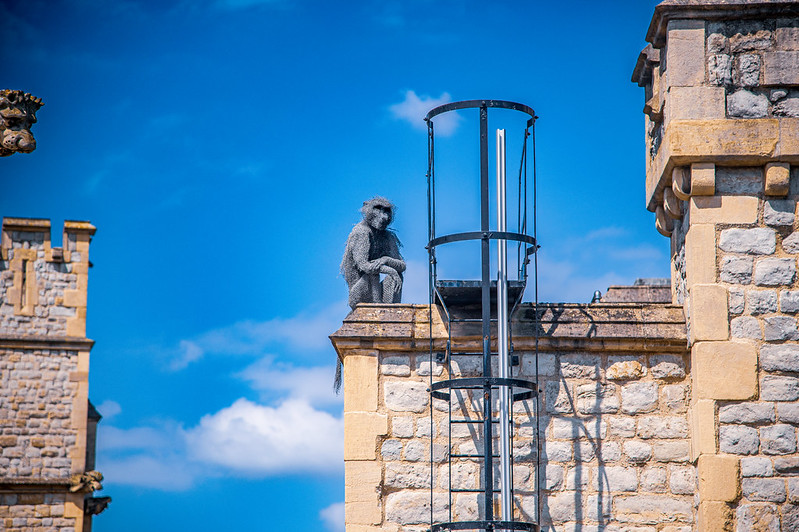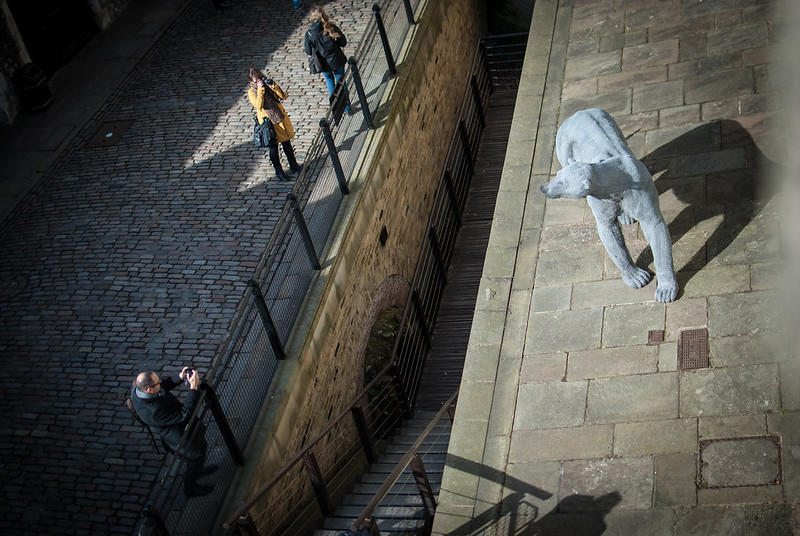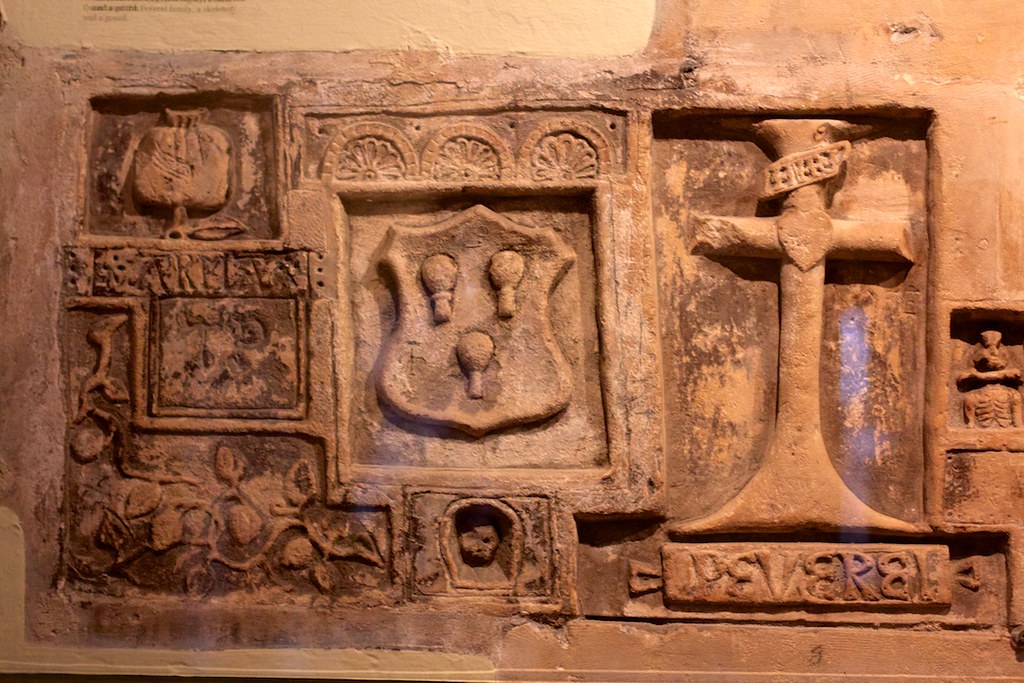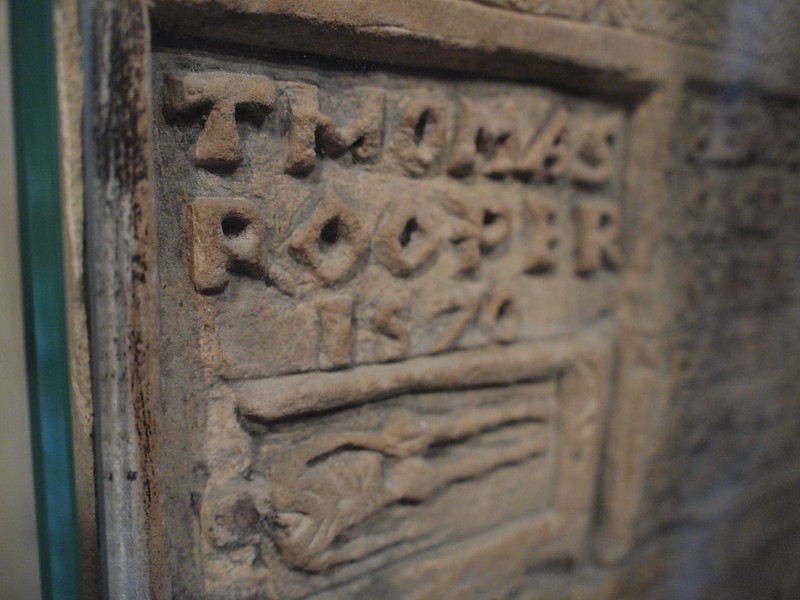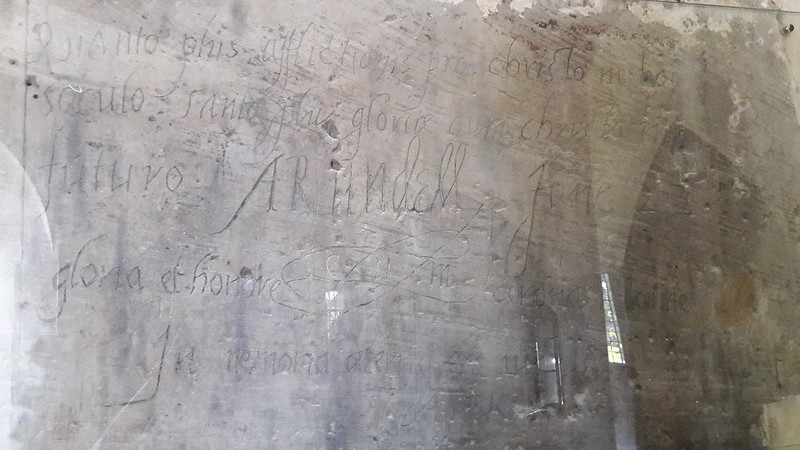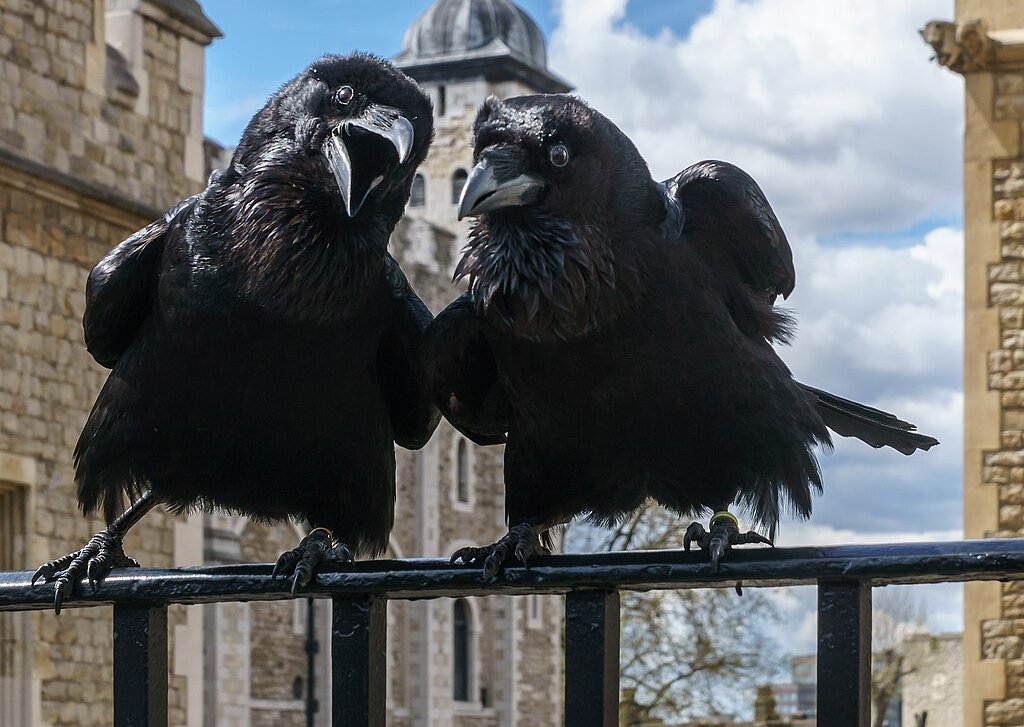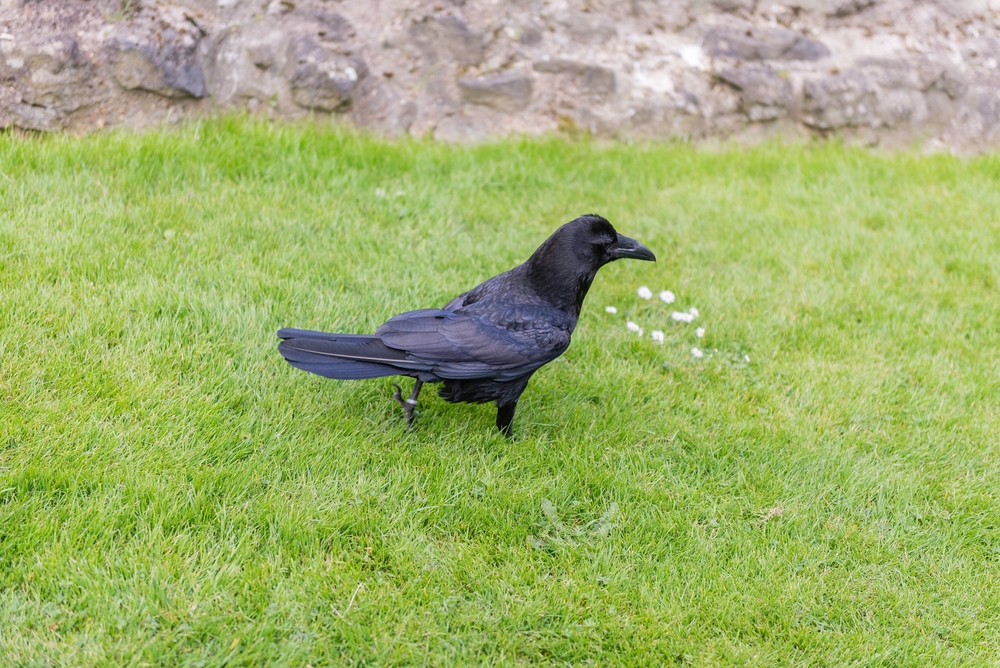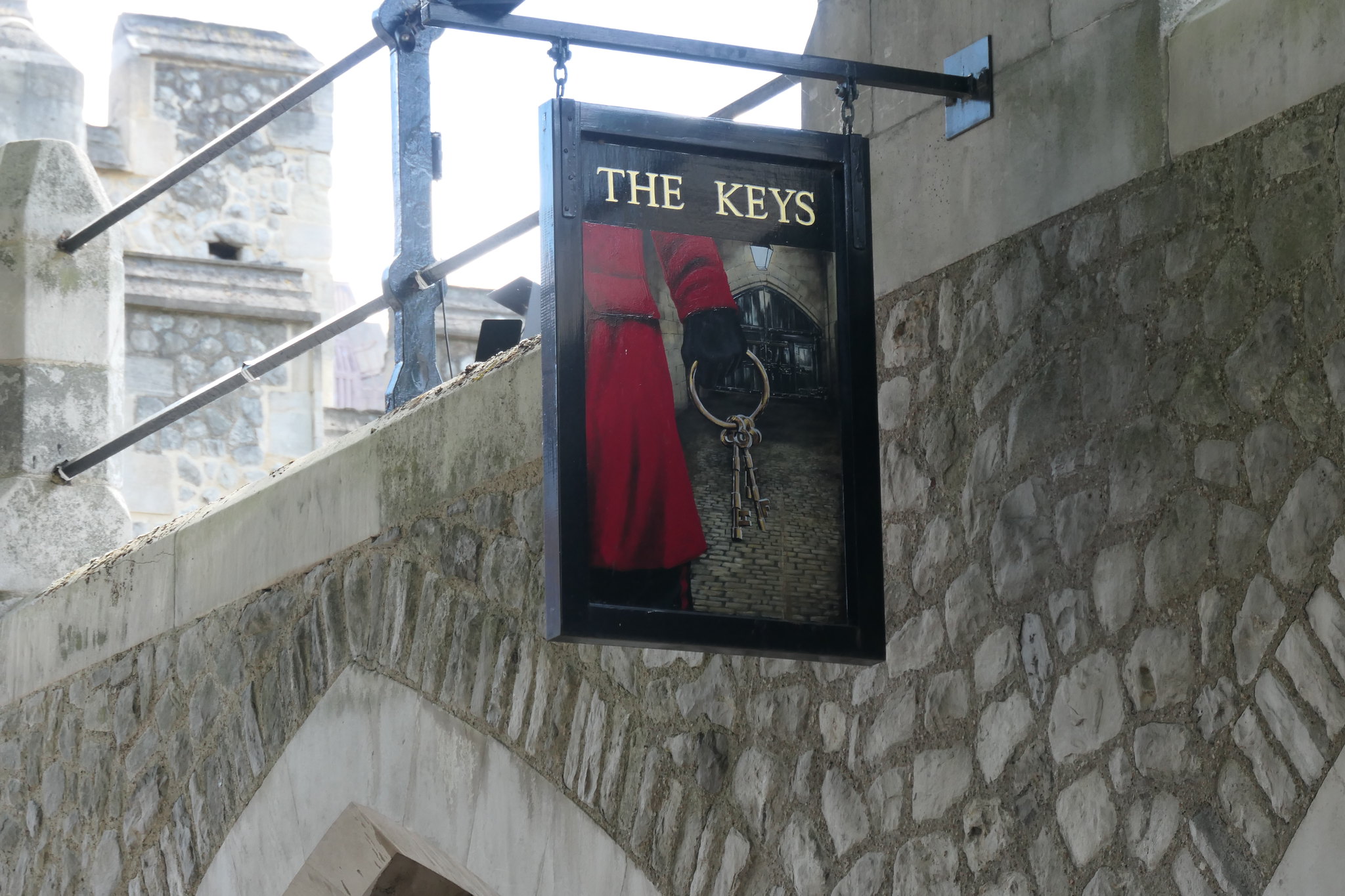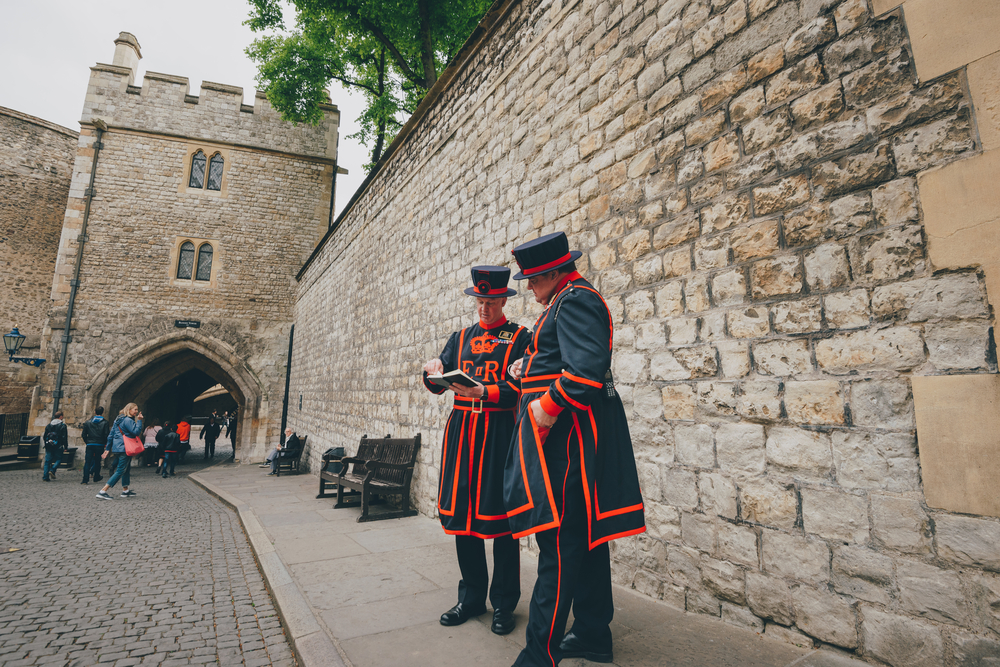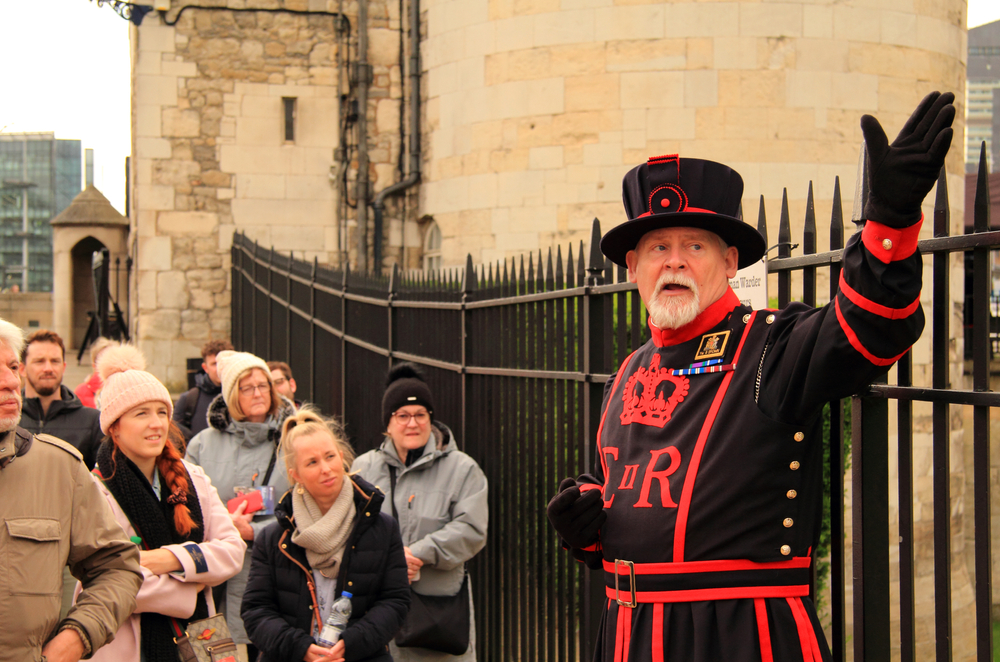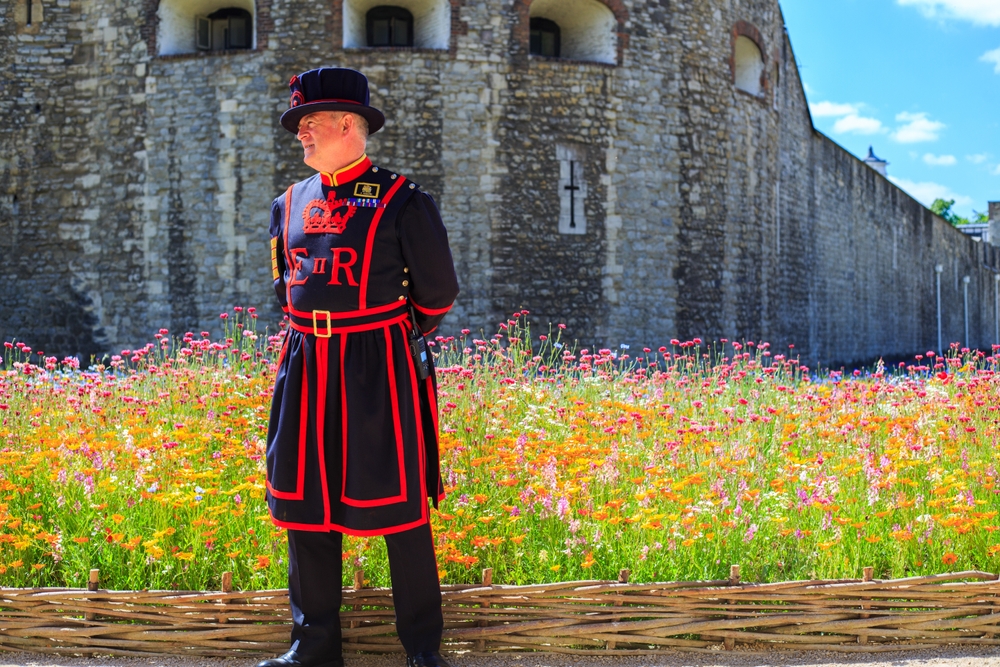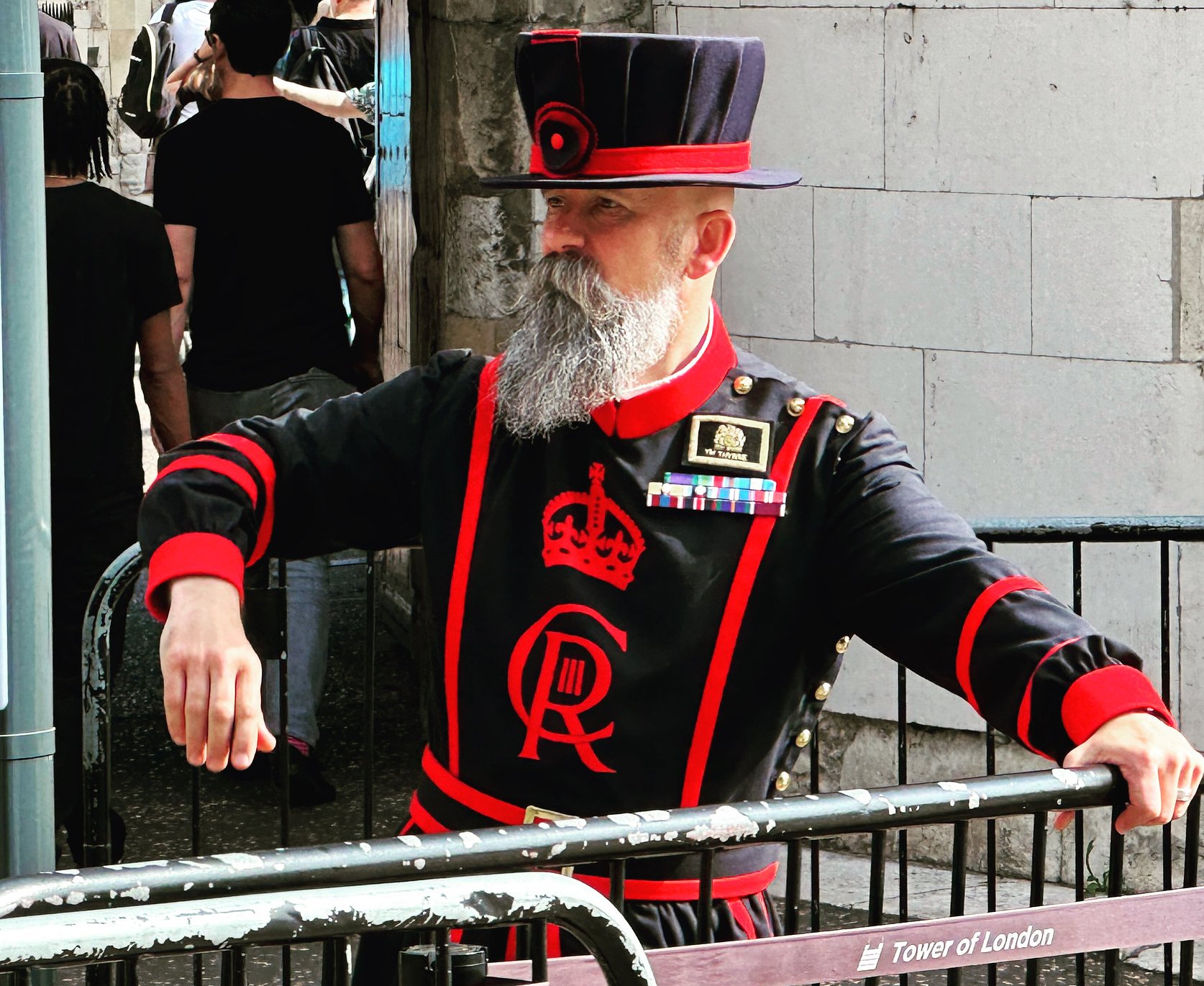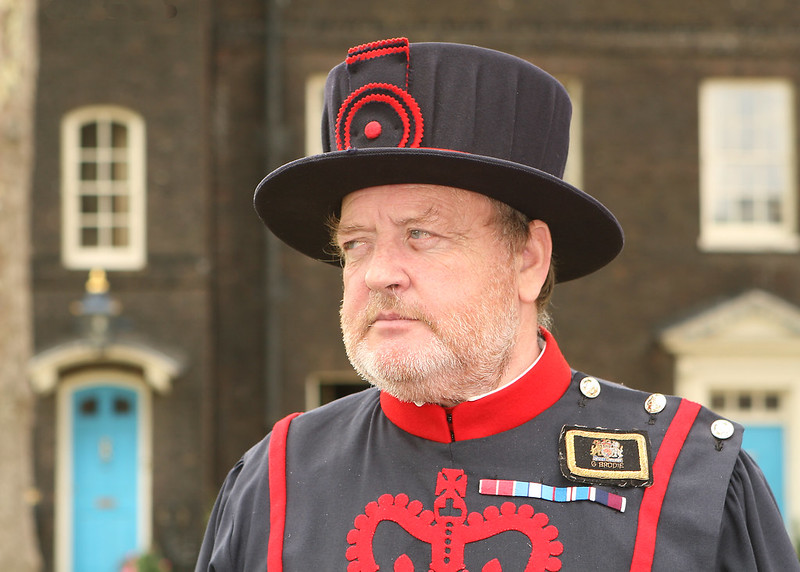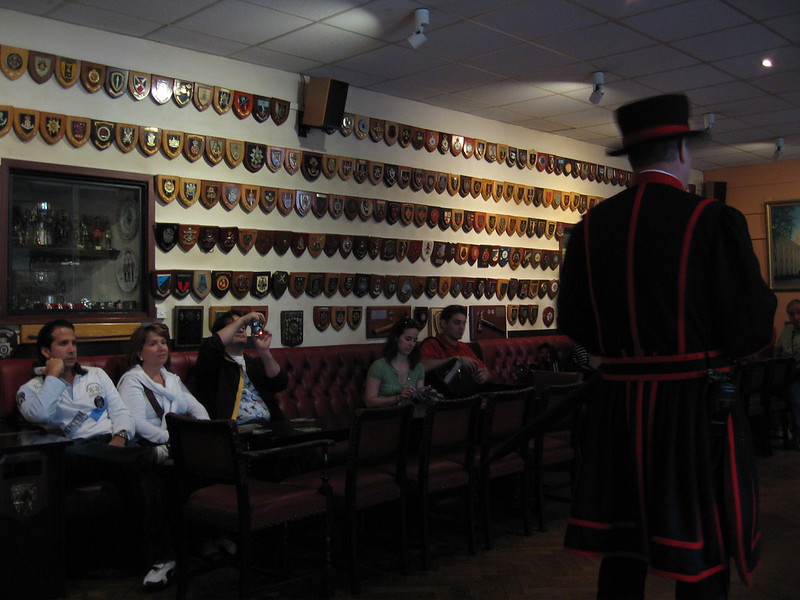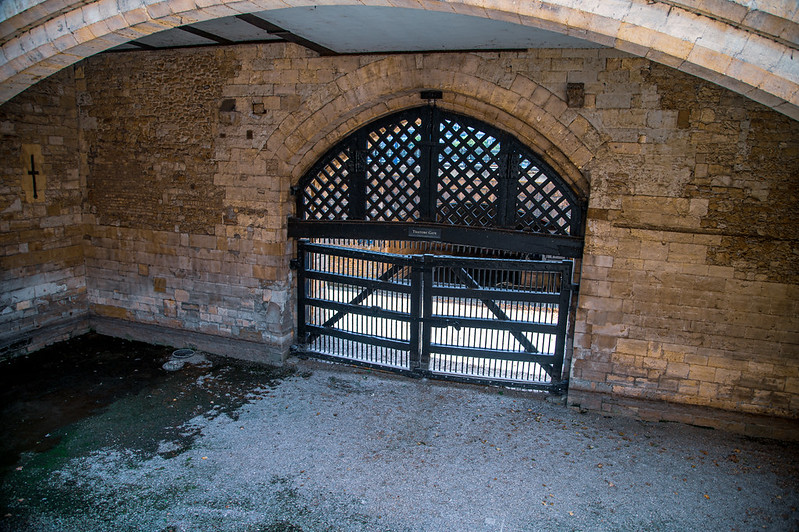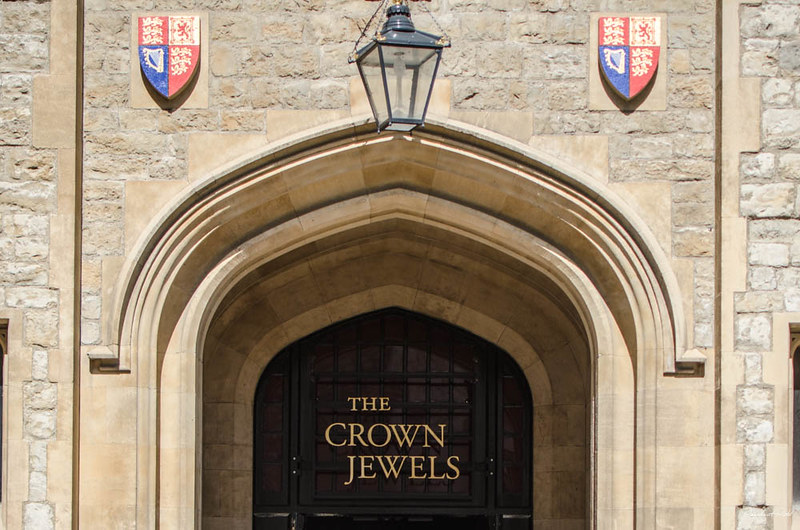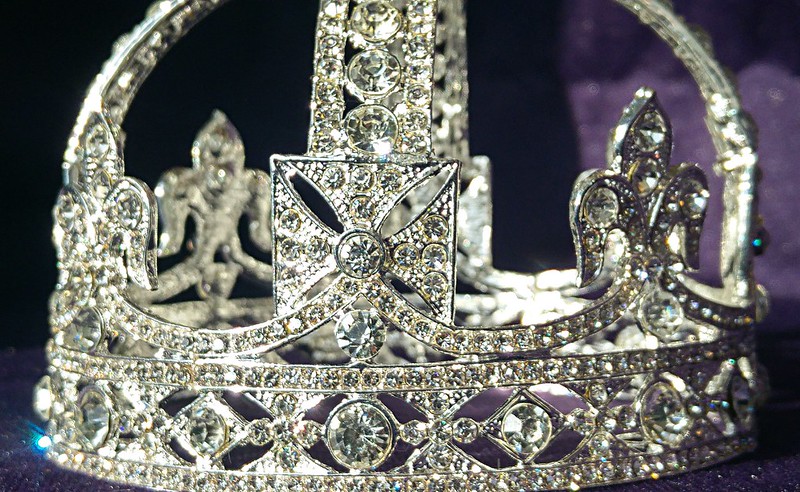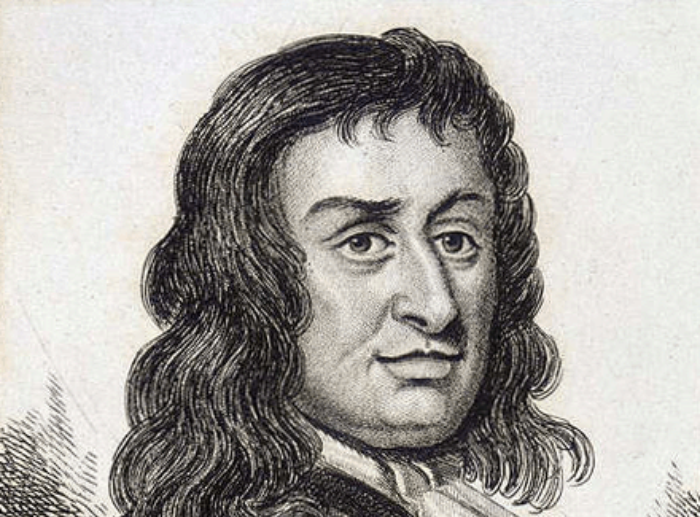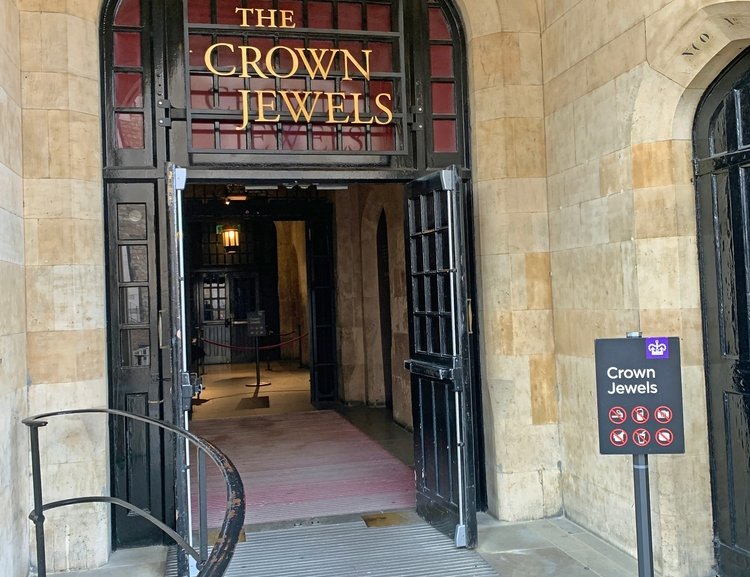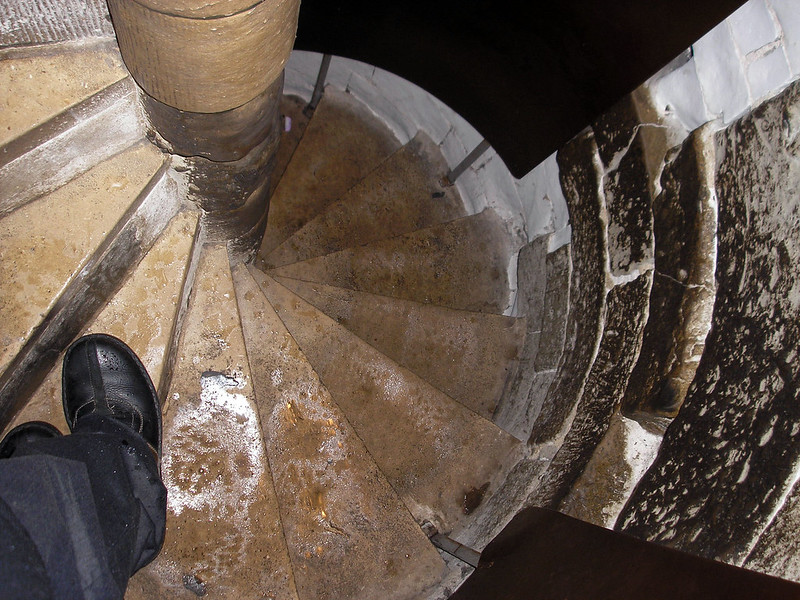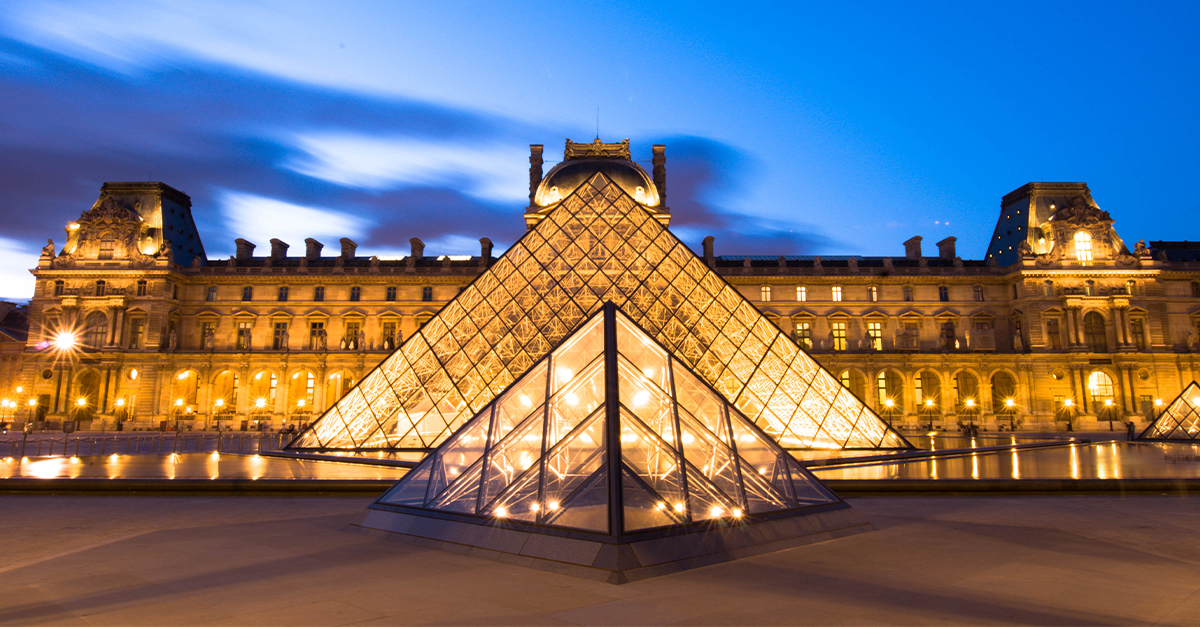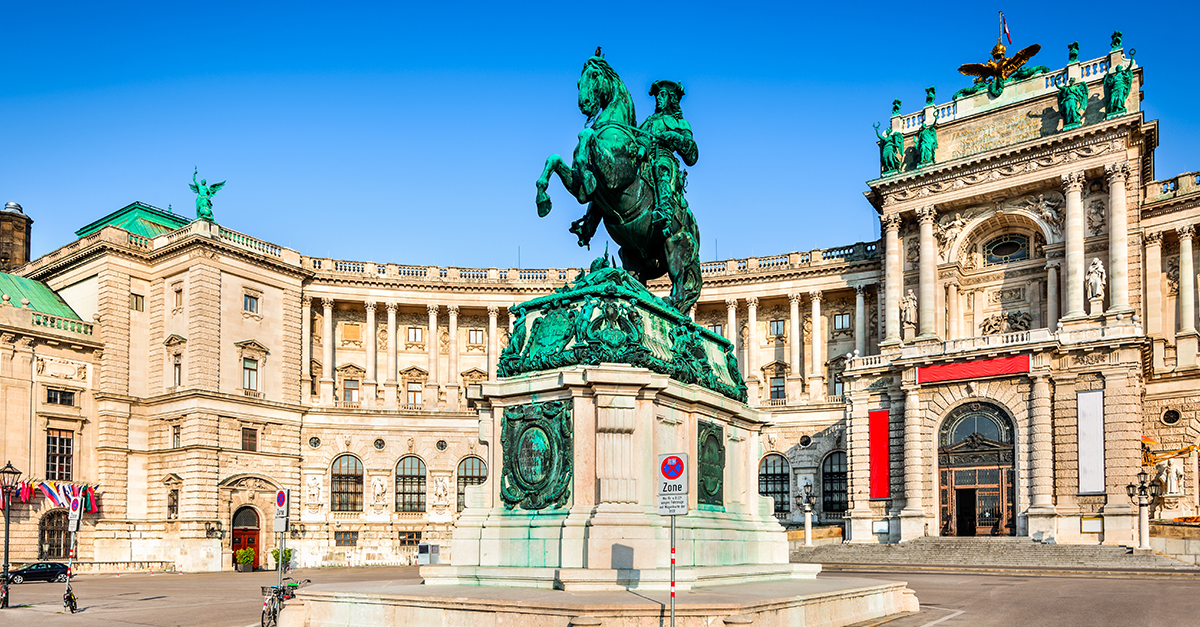A Tower With A Disturbing History
With its dark history of terror and bloodshed, the Tower of London has become a magnet for tourists. Let's take a step back in time—and delve into its most shocking secrets.
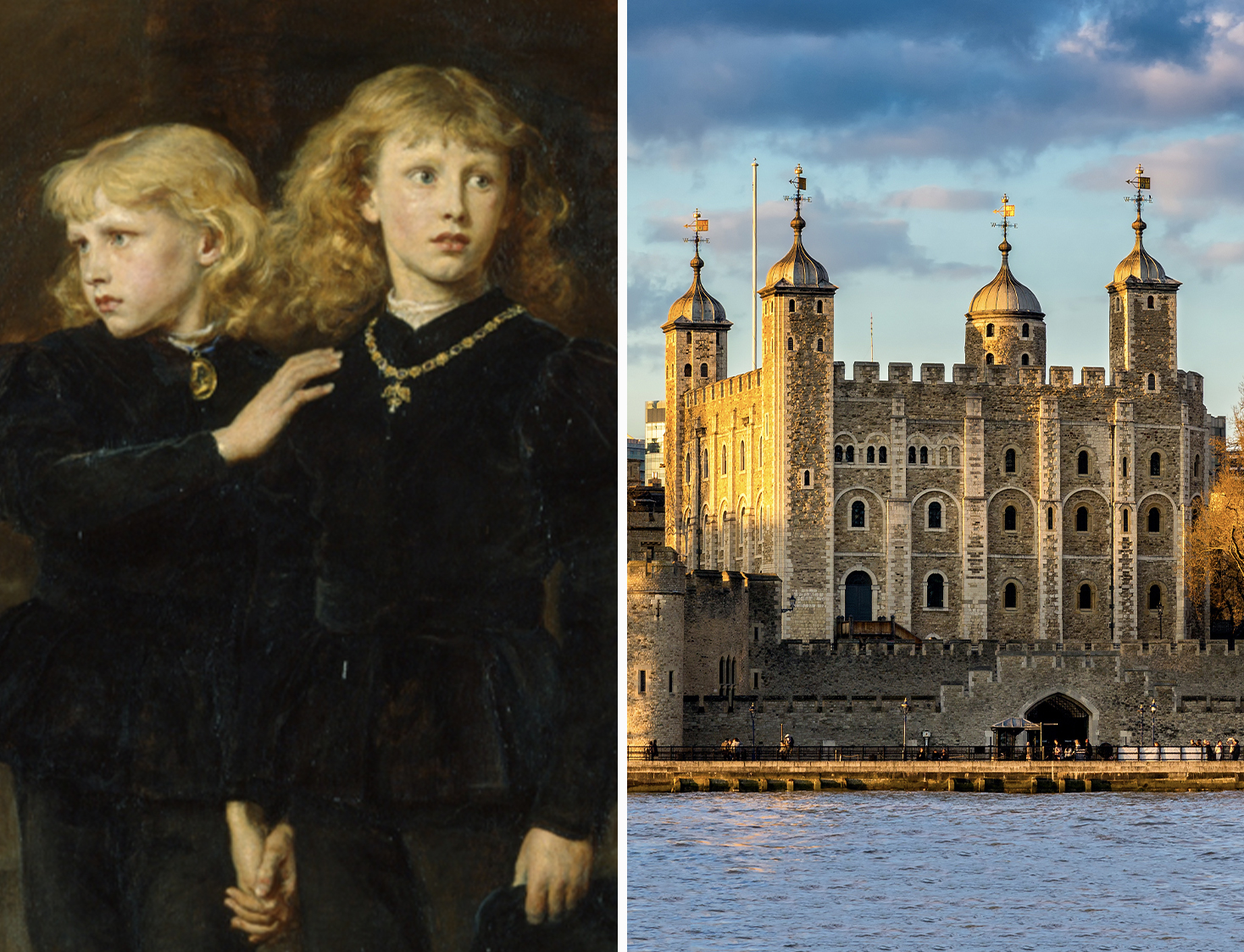
A Royal Menagerie
The tower dates back to 1078—a castle initially constructed for William the Conqueror. But this was only the beginning. Over the last 1,000 years, it has undergone several shocking transformations. Though best known as a prison, it was a royal menagerie first.
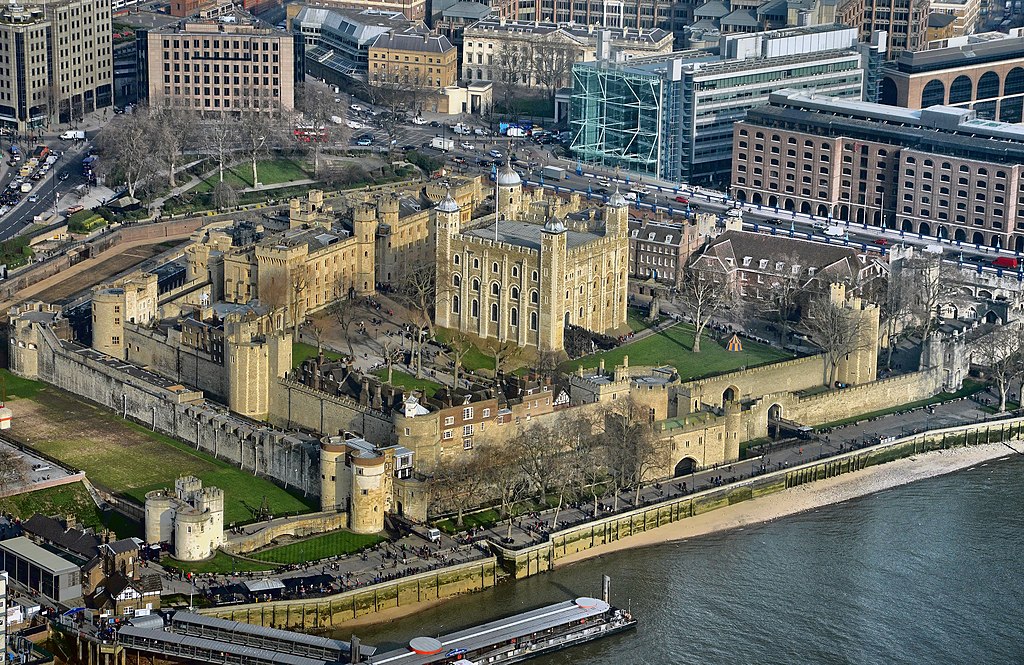 [Duncan], UK, CC BY 2.0, Wikimedia Commons
[Duncan], UK, CC BY 2.0, Wikimedia Commons
A Royal Menagerie: The Lion Tower
Thanks to King John, in 1210, the tower became a zoo. The most important animals they had on display? Lions. This makes a lot of sense when you remember that Britain adopted the lion as a symbol of strength and bravery. For instance, Richard I of England was best known as Richard the Lionheart.
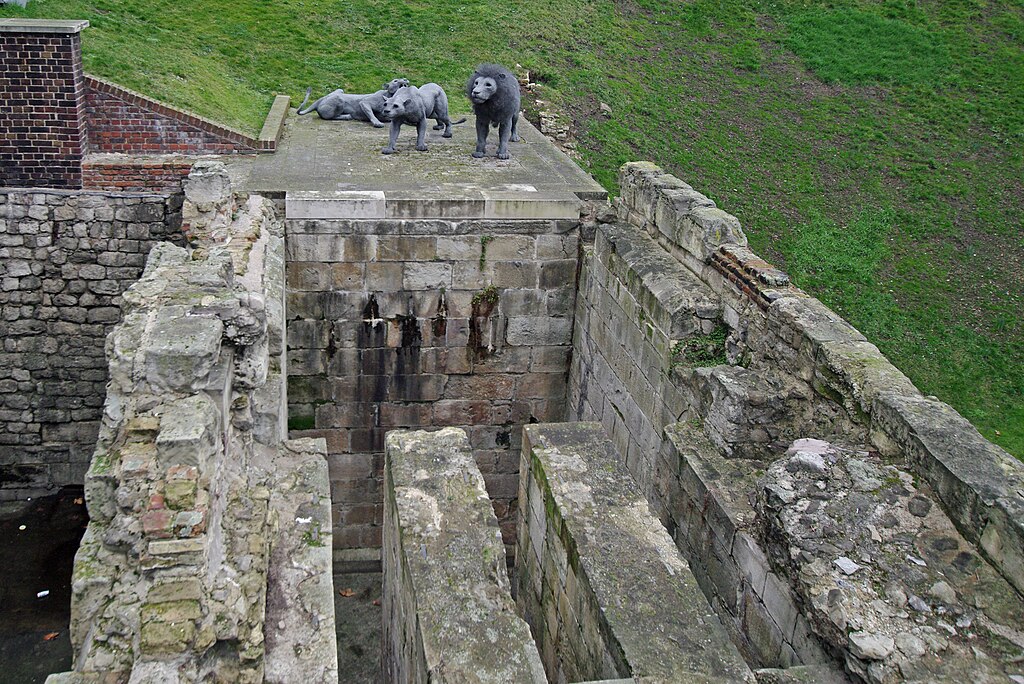 Rosakoalaglitzereinhorn, CC BY-SA 3.0, Wikimedia Commons
Rosakoalaglitzereinhorn, CC BY-SA 3.0, Wikimedia Commons
A Royal Menagerie: They Came From Africa
These lions, which came from North Africa, were an excellent option for the royal menagerie because of their ability to breed in captivity. However, they weren't the only animals to take up residence there.
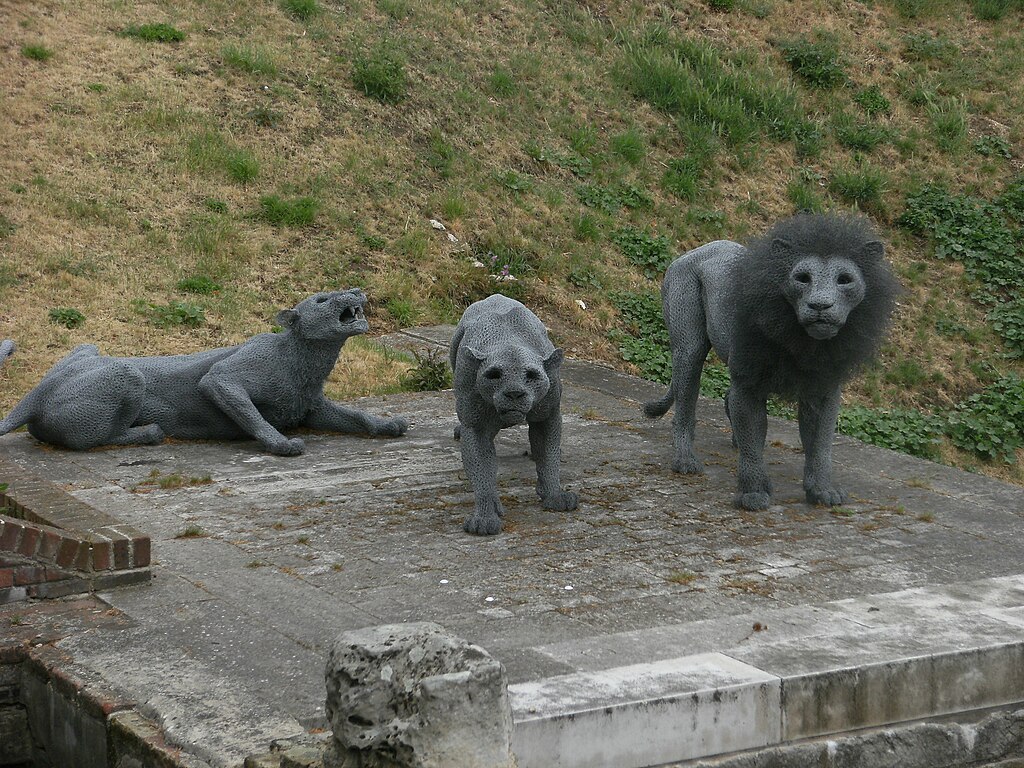 Mark Ahsmann, CC BY-SA 3.0, Wikimedia Commons
Mark Ahsmann, CC BY-SA 3.0, Wikimedia Commons
A Royal Menagerie: The Polar Bear
The King of Norway presented King Henry III with a shocking gift in 1252: a white bear. This bear was most likely a polar bear—and tragically, the animal lived in horrifying conditions. Confined by chains and a muzzle, it certainly didn't have free rein most of the time. However, it reportedly swam and hunted in the River Thames.
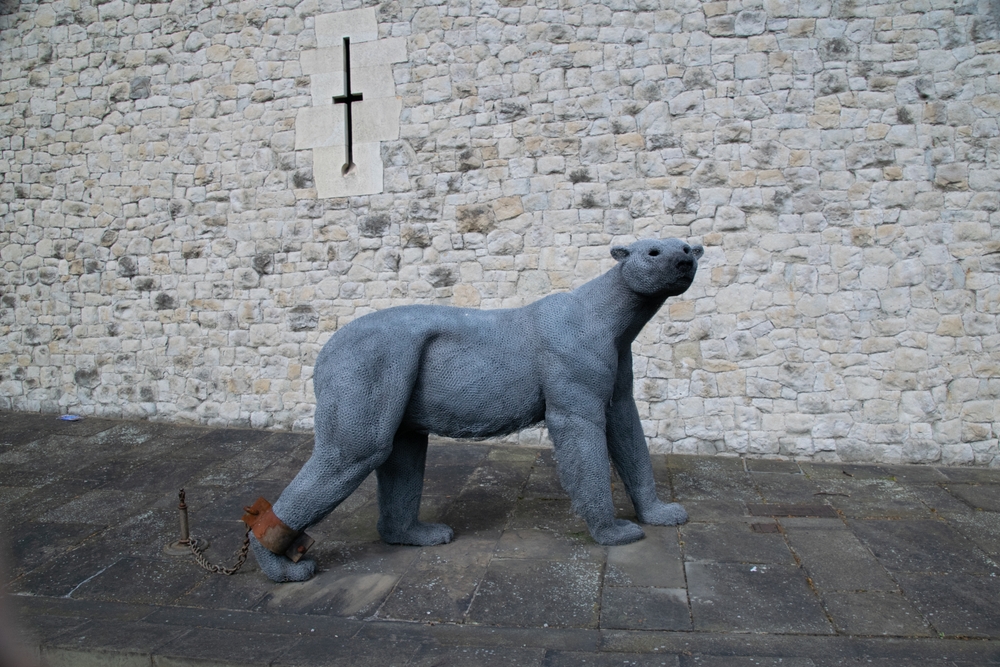 Joanne_Charnwood, Shutterstock
Joanne_Charnwood, Shutterstock
A Royal Menagerie: The Elephant
In 1255, the Tower of London welcomed another awe-inspiring animal—an elephant gifted by the King of France. But sadly, it met a devastating end. For a short time, this elephant attracted many civilians who were eager "to see the novel sight". Unfortunately, though the animal had its very own keeper and a sizeable enclosure, it perished only two years after arriving.
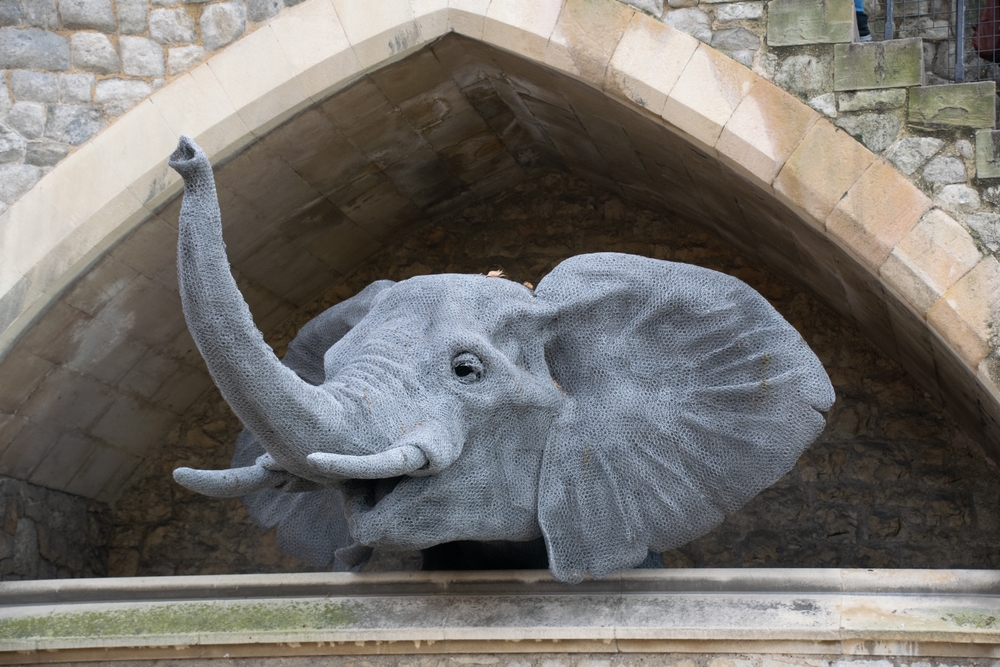 Joanne_Charnwood, Shutterstock
Joanne_Charnwood, Shutterstock
A Royal Menagerie: A Growing Collection
Over the passing of the centuries, the collection of animals changed. By 1622, the stars of the menagerie were undoubtedly the lion and leopards—but there was also a tiger, a jackal, three eagles, and two pumas. However, taming these wild creatures wasn't always a successful venture.
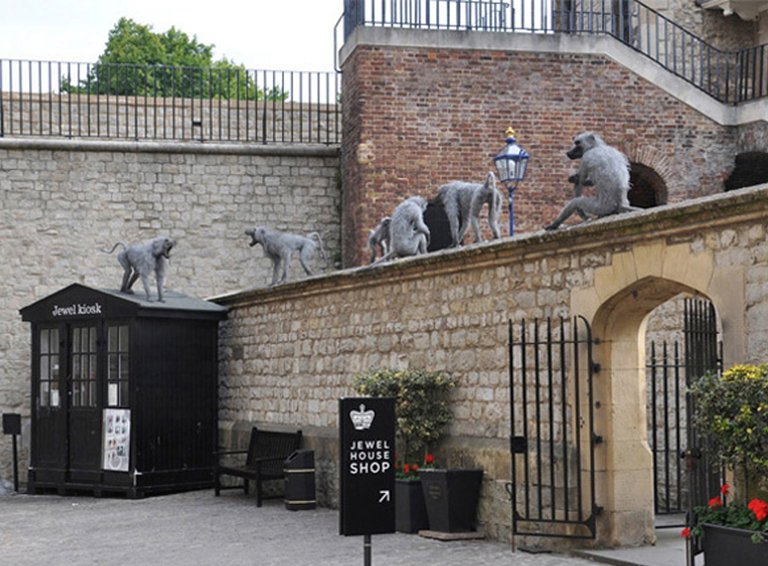 Patrick Davies, CC BY-SA 4.0, Wikimedia Commons
Patrick Davies, CC BY-SA 4.0, Wikimedia Commons
A Royal Menagerie: The Sad Truth
Sometimes, the animals' keepers—and even visitors—sustained injuries and even lost their lives. The sad truth of the matter was that the royal menagerie did not operate like the zoos of today.
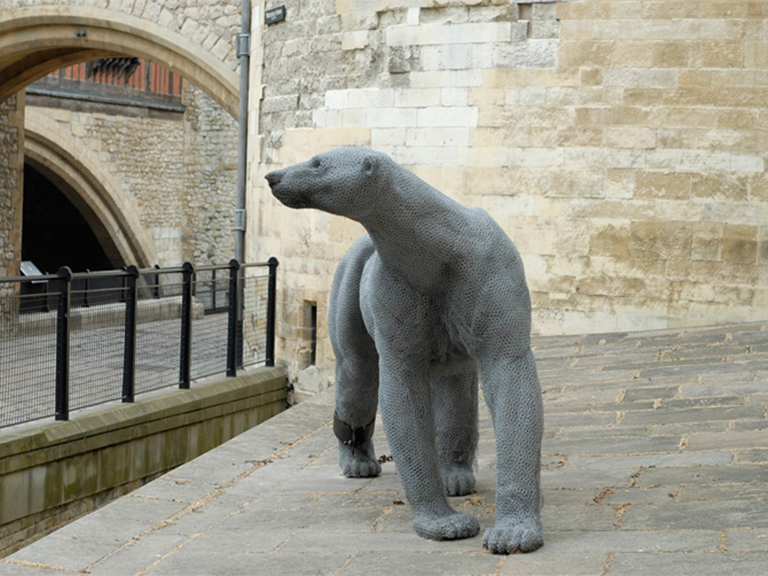 Patrick Davies, CC BY-SA 4.0, Wikimedia Commons
Patrick Davies, CC BY-SA 4.0, Wikimedia Commons
A Royal Menagerie: A Gruesome Mistake
In 1830, a harrowing incident occurred at the Tower of London when one of the tower's workers made a gruesome mistake. They lifted the wrong door, causing a Bengal tiger and tigress to come face to face with a lion. It ended badly.
A Royal Menagerie: A Legacy Of Pain
The staff had to go to extreme measures to separate the lion and the tigers. They wielded scorching hot rods, fending off the vicious tigers by hitting their mouths and noses—but even this couldn't save the lion from his fatal injuries.
A Royal Menagerie: The Last Chapter
Though the royal menagerie endured for centuries, it ultimately came to an end in the 19th century—and there were a handful of reasons why. For one, there was the ethical question about the welfare of the animals, not to mention the high cost of running the zoo.
A Royal Menagerie: They Were Sold To Circuses
In 1831, the Duke of Wellington began the process of sending all of the menagerie's animals to Regent's Park. When its doors officially closed four years later, the final animals ended up in other zoos or circuses. However, thanks to a stunning art installation, these animals will never be forgotten.
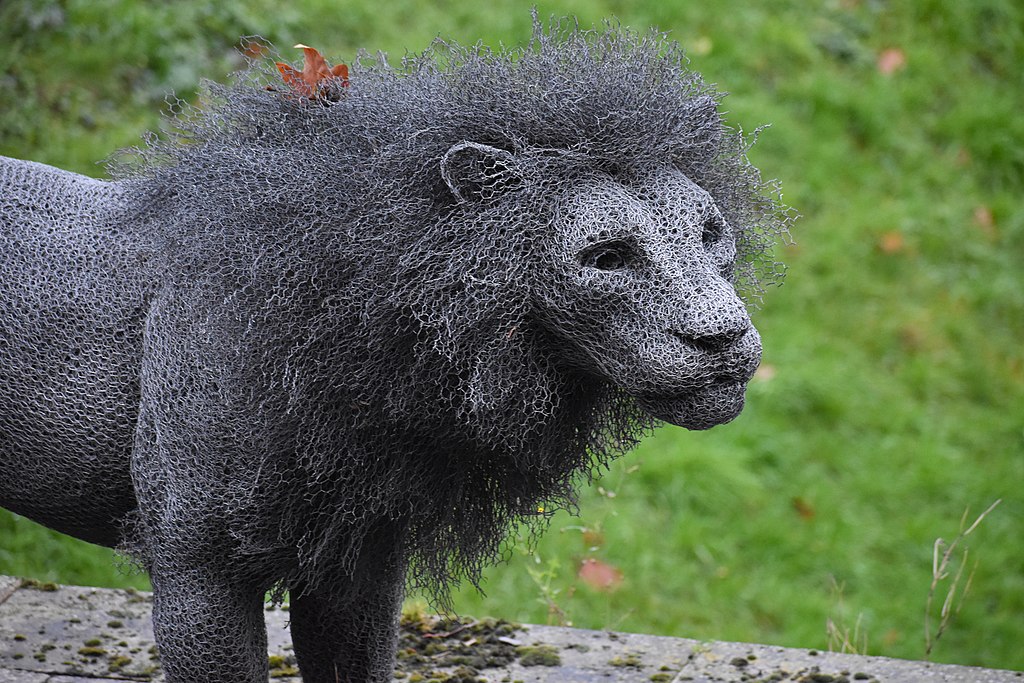 Phlizz, CC BY-SA 4.0, Wikimedia Commons
Phlizz, CC BY-SA 4.0, Wikimedia Commons
A Royal Menagerie: Visiting The Animals Today
The artist Kendra Haste made a gorgeous contribution to the Tower of London in 2010. She designed 13 wire sculptures of the animals that once resided in the tower. These thoughtful art installations can now be viewed in the approximate spots where these animals once lived.
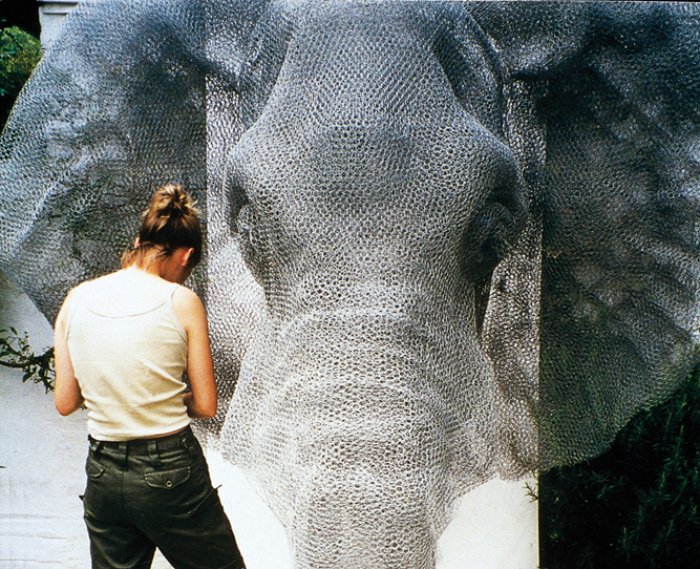 Patrick Davies, CC BY-SA 4.0, Wikimedia Commons
Patrick Davies, CC BY-SA 4.0, Wikimedia Commons
The Tower's Graffiti
Some of the most interesting things to see in the Tower of London are the markings carved deep into the walls of Beauchamp Tower. This particular part of the castle once held inmates of high ranking—and the graffiti they left behind is still a stunning sight to behold.
The Tower's Graffiti: Final Messages
The Tower of London's graffiti dates back to the 1600s and 1700s. Those responsible for the markings found themselves locked up on religious or political grounds, facing certain execution. With their clocks ticking, they left behind heart-wrenching inscriptions: names, final messages, designs, and images.
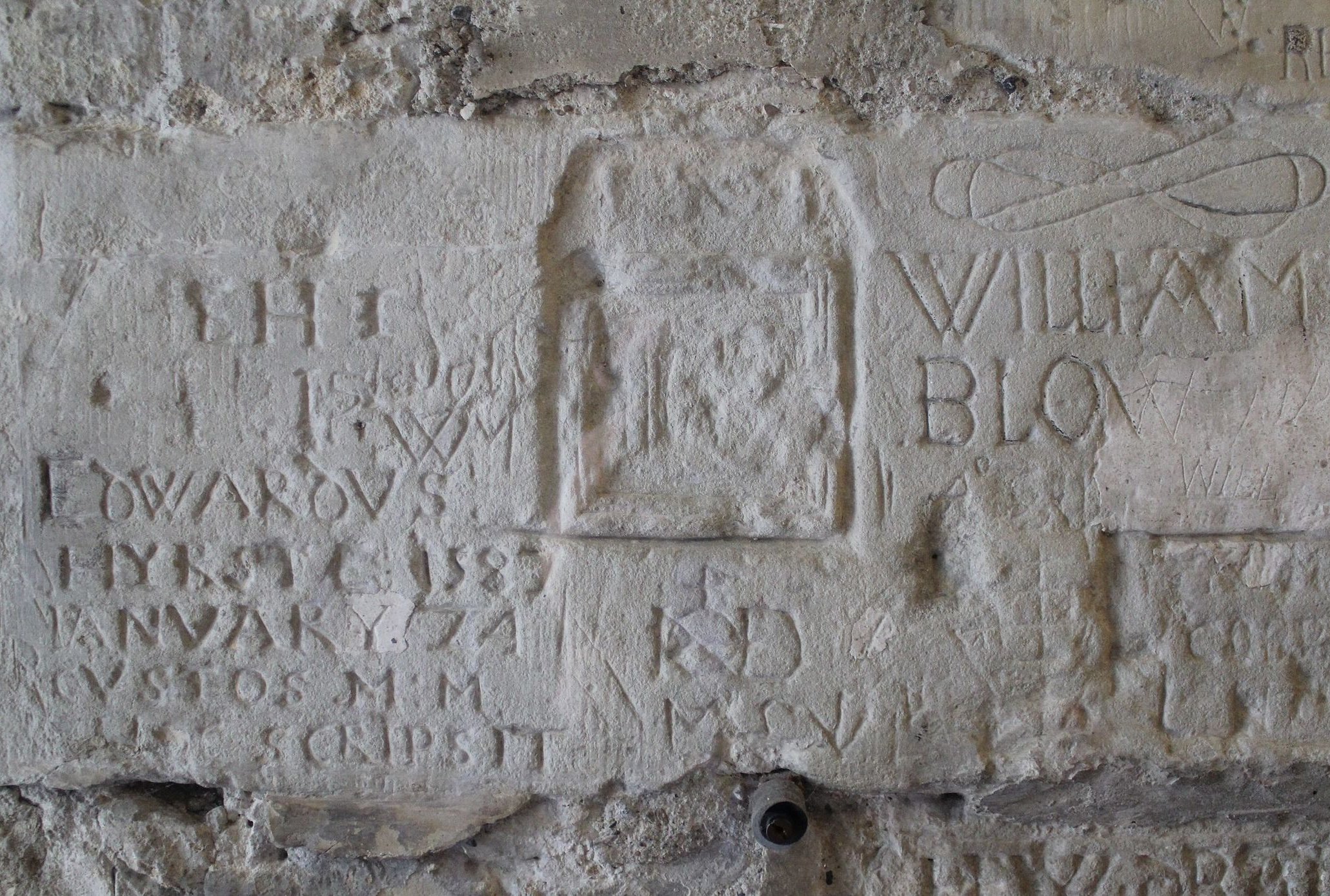 Richard Nevell, CC BY-SA 3.0, Wikimedia Commons
Richard Nevell, CC BY-SA 3.0, Wikimedia Commons
The Tower's Graffiti: Works Of Art
The inmates who left behind messages in Beauchamp Tower certainly had skill. Some of the writing is embellished, clean, and extremely intricate, while the images have an artistic flair.
The Tower's Graffiti: The Earl Of Arundel
For instance, one piece of elegant graffiti made by the Earl of Arundel in 1587 reads in Latin, “The more affliction we endure for Christ in this world, the more glory we shall get with Christ in the world to come". His message reflected the reason for his incarceration: his Catholic faith. The earl remained sequestered within the walls of the tower until his demise.
The Tower's Graffiti: The Locked-Up Sorcerer
Perhaps the most famous—and puzzling—graffiti in the Tower of London came from the hand of the supposed sorcerer, Hew Draper. His handiwork can be found in the Salt Tower, and certainly mirrors his fascination with the occult.
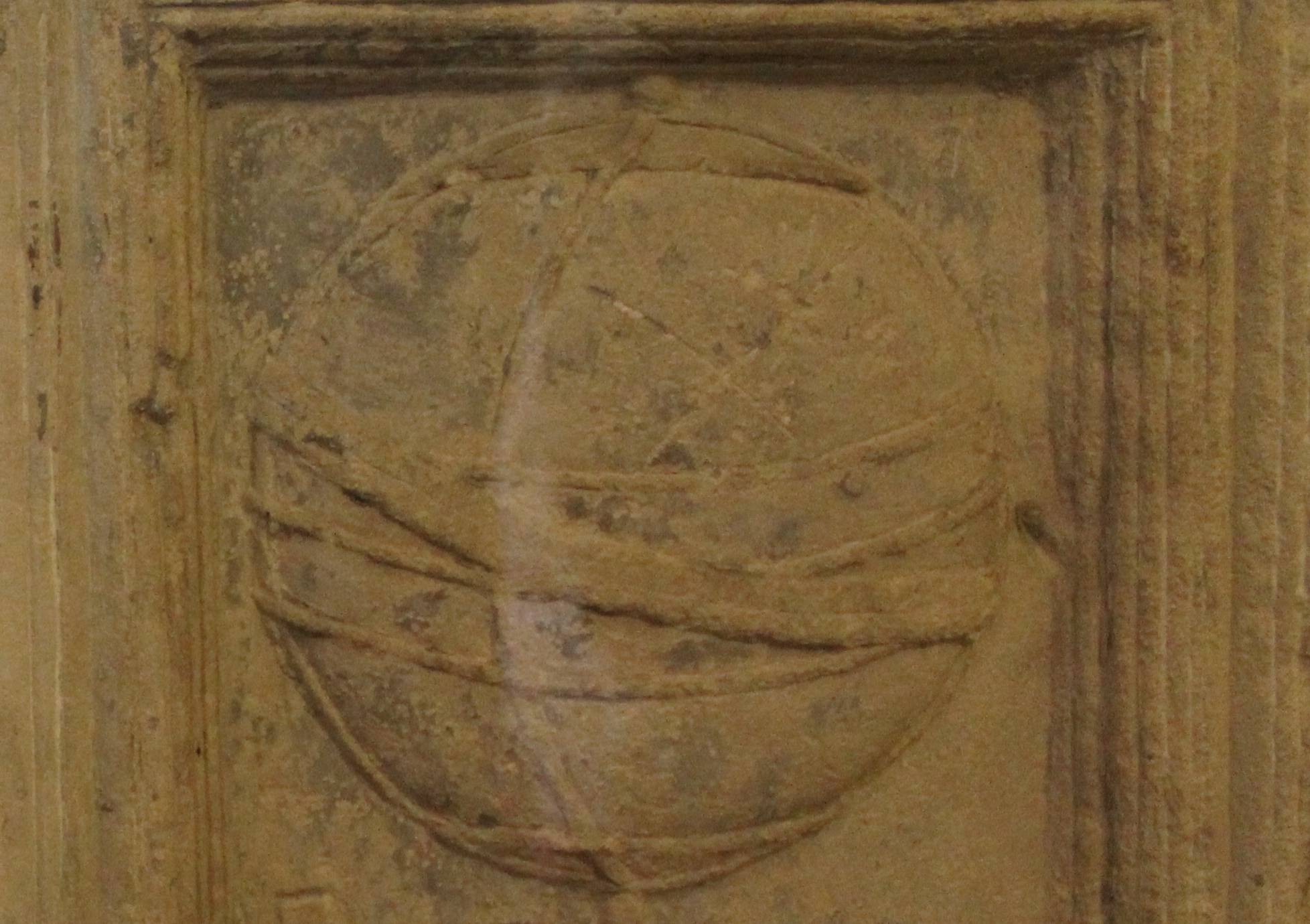 Richard Nevell, CC BY-SA 3.0, Wikimedia Commons
Richard Nevell, CC BY-SA 3.0, Wikimedia Commons
The Tower's Graffiti: A Mysterious Astrological Sphere
Apprehended in 1561, Hew Draper hailed from Bristol. He was an innkeeper with a keen curiosity for magic—but this ultimately led him to be accused of sorcery. While locked up, he carved a gorgeous astrological sphere into the wall, which included the 12 Zodiac signs.
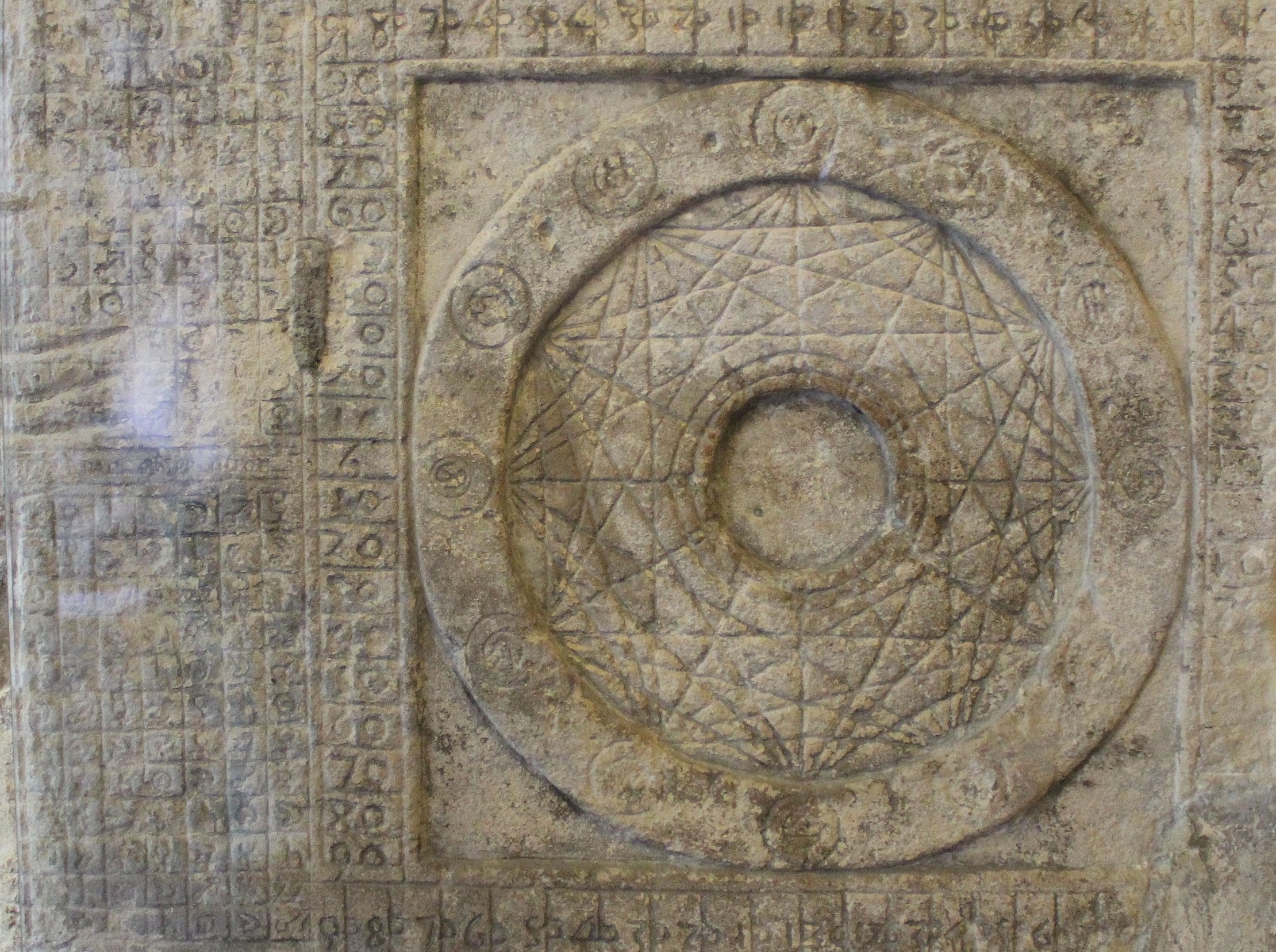 Richard Nevell, CC BY-SA 3.0, Wikimedia Commons
Richard Nevell, CC BY-SA 3.0, Wikimedia Commons
The Tower's Graffiti: A Story Lost To Time
The text accompanying the highly detailed sphere reads, "Hew Draper of Brystow made this sphere the 30 day of Maye anno 1561". However, the knowledge of Hew Draper's fate has ultimately been lost to time.
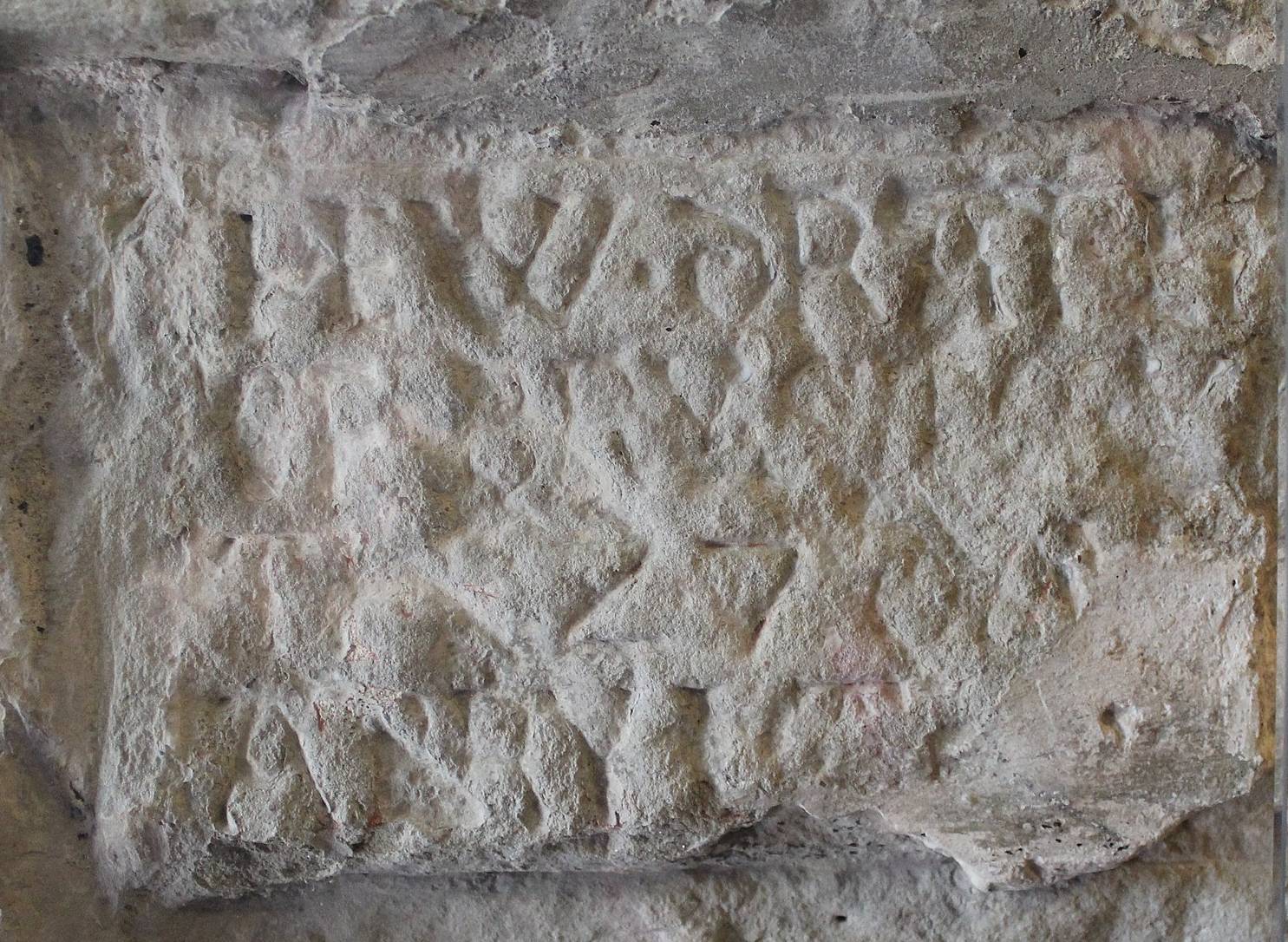 Richard Nevell, CC BY-SA 3.0, Wikimedia Commons
Richard Nevell, CC BY-SA 3.0, Wikimedia Commons
The Tower's Ravens
A superstition has happily haunted the Tower of London since the 17th century. Back then, King Charles II insisted that several ravens be kept in the tower—six and one spare. He believed that if the ravens were to ever leave, it would spell the end of the kingdom and the tower itself. Their history, however, may have even deeper roots.
The Tower's Ravens: Protective Talismans
The importance of the ravens might have stemmed from Celtic mythology, in which they are powerful protective talismans. Clearly, this myth has persisted over the centuries, as a Ravenmaster still tends to the tower's ravens. What's more? They receive the best care imaginable.
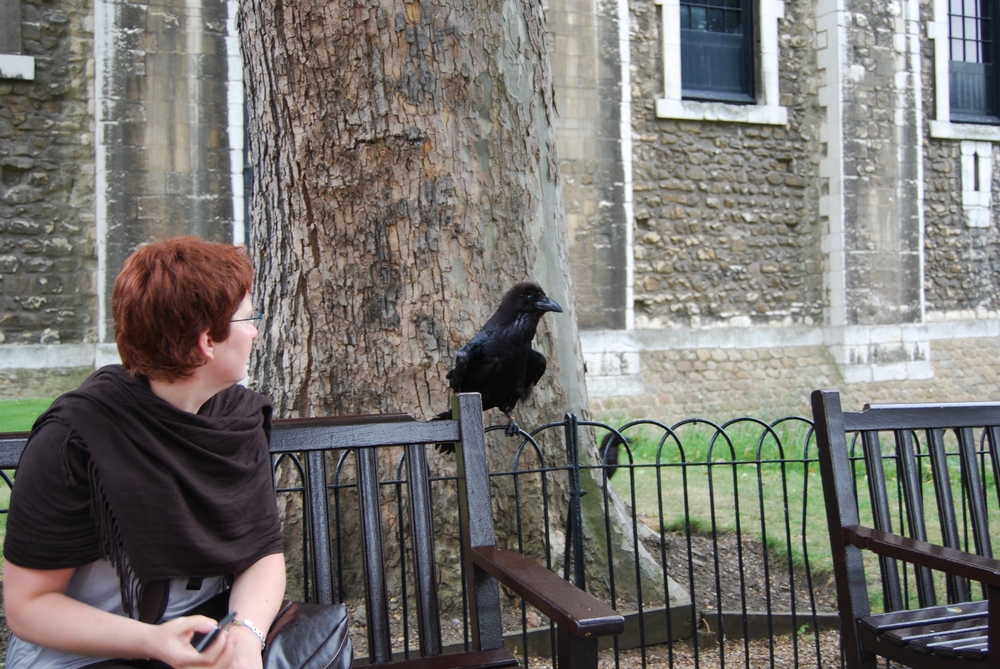 Oksana Iumasheva, Shutterstock
Oksana Iumasheva, Shutterstock
The Tower's Ravens: Pampered Birds
It might be easy to feel sorry for a group of birds trapped in the tower—but in truth, they receive downright royal treatment, and eat better than any other bird in the nation.
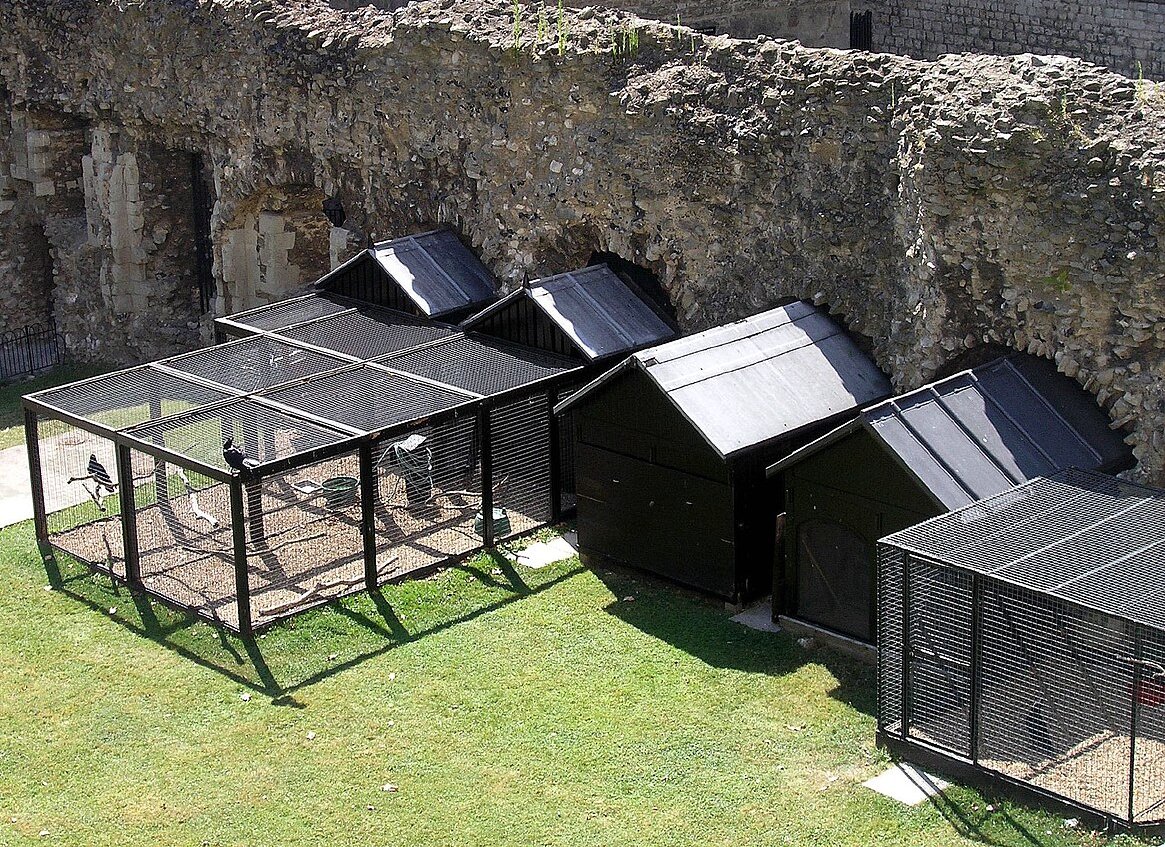 gailf548, CC BY 2.0, Wikimedia Commons
gailf548, CC BY 2.0, Wikimedia Commons
The Tower's Ravens: Blood Biscuits
The ravens' daily diet consists of 170 grams of raw meat—and for a special treat, they get to feast on biscuits drenched in blood. They also have the freedom to roam around the tower green.
The Yeoman Warders Club
After the Tower of London closes to the public every day at 6 pm, it undergoes a transformation that tourists are not privy to. First, a special ritual that dates back 700 years is performed, which is known as the "Ceremony of Keys". But that's not all.
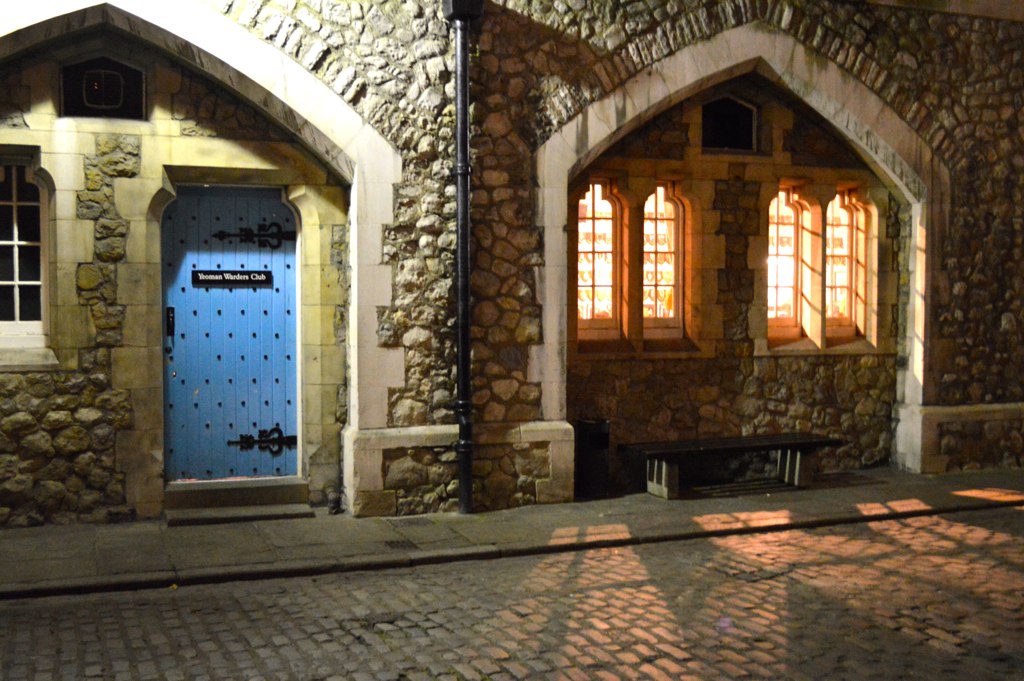 Matt Brown, CC BY 2.0, Wikimedia Commons
Matt Brown, CC BY 2.0, Wikimedia Commons
The Yeoman Warders Club: The Exclusive Pub
You see, there are actually families that reside within the castle walls. As well, the Yeoman guards have their very own exclusive pub known as the Yeoman Warders Club.
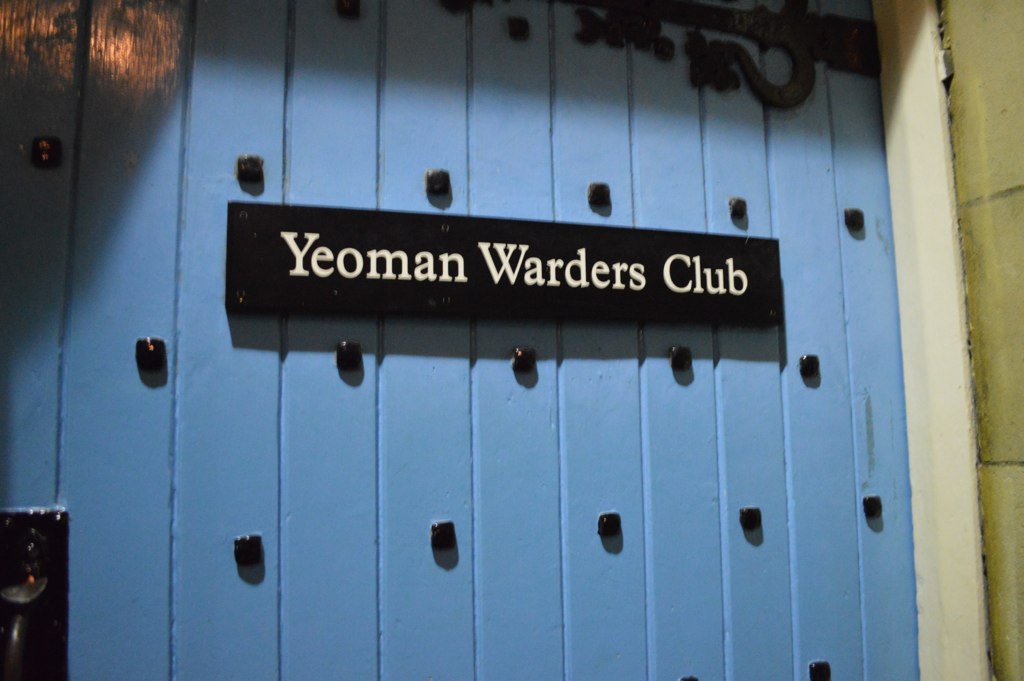 Matt Brown, England, CC BY 2.0, Wikimedia Commons
Matt Brown, England, CC BY 2.0, Wikimedia Commons
The Yeoman Warders Club: 37 Elite Members
This club opens its doors to only 37 elite members and whomever they choose to invite. Their official title is a mouthful: the Yeomen Warder of Her Majesty’s Royal Palace and Fortress the Tower of London, and Member of the Sovereign’s Body Guard of the Yeoman Guard Extraordinary.
However, they also have a much simpler nickname: Beefeaters. And like everything to do with the tower, these Beefeaters have a rich history.
The Yeoman Warders Club: They Go Way Back
Rewind to 1485 and the Beefeaters served King Henry VII as the Tower of London's guards. Back then, they wore lavish Tudor state outfits—decked out in red and gold—and today, they sport an extremely similar look. However, they no longer have to keep an eye on the inmates and the Crown jewels.
The Yeoman Warders Club: The Tower's Guides
These days, the Beefeaters are the tower's trusty tour guides. They round out the experience for all of the excited tourists, posing for photos and sharing the tower's history.
The Yeoman Warders Club: The Last Of Its Kind
The Beefeaters private pub is the last of its kind. Throughout the tower's history, there were far more of these establishments, but the 150-year-old Yeoman Warder's Club—known as "The Keys"—is the last one standing.
The Yeoman Warders Club: Chilling Relics
Only a small number will ever get to experience the inside of this pub, which boasts benches upholstered in red leather and relics from the site's chilling history. Take, for instance, the Yeoman Gaoler's axe, which adorns one of the walls, or the displayed signature of a German officer who was once locked up in the tower.
The Yeoman Warders Club: They Put In The Work
Beefeaters are certainly served at the pub, but they are also the pub's servers. They take turns working shifts, pouring out signature drinks for their fellow Beefeaters, which include "Yeoman 1485," "Beefeater Bitter," and Beefeater gin.
The Yeoman Warders Club: Open Once A Year
The pub opens its doors to curious visitors only once every year. If you want to take in the majesty of this private club, you have to swing by the tower during the London Open House weekend.
Traitors' Gate
If you want to visit one of the most dismal parts of the Tower of London, make sure to check out Traitors' Gate. For hundreds of years, accused traitors had to pass through this barrier—what was once known as Water Gate—as they entered the premises.
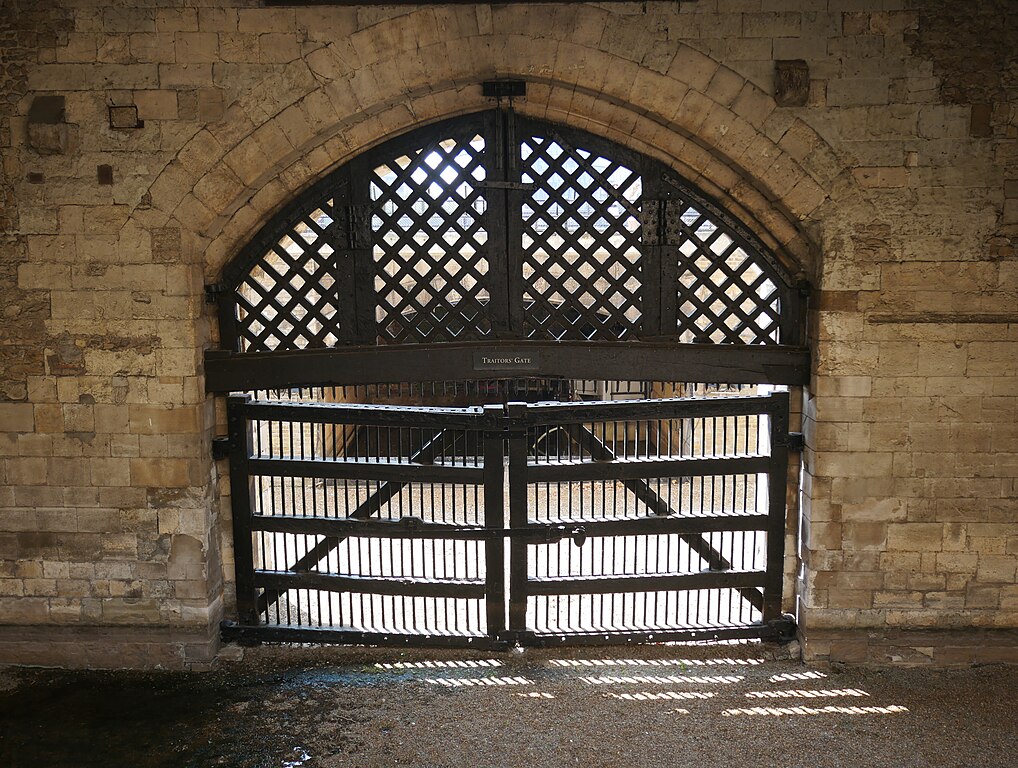 Ethan Doyle White, CC BY-SA 4.0, Wikimedia Commons
Ethan Doyle White, CC BY-SA 4.0, Wikimedia Commons
Traitors' Gate: Originally For The Royals
Beginning in the late 13th century, Water Gate was part of a route running along the River Thames that allowed the royals access to their residence in St Thomas' Tower. However, once the tower turned into a prison, it earned itself the darker name of Traitors' Gate.
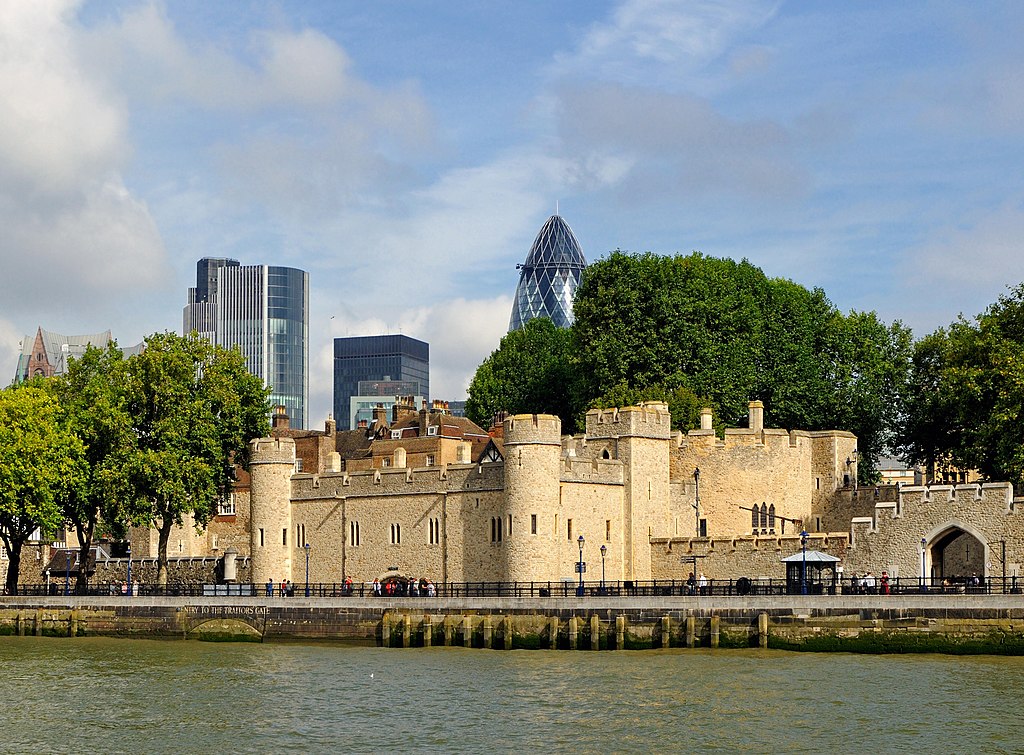 Ввласенко, CC BY-SA 3.0, Wikimedia Commons
Ввласенко, CC BY-SA 3.0, Wikimedia Commons
Traitors' Gate: A Dismal Checkpoint
Historical giants like Sir Walter Raleigh and Sir Thomas More passed through this notorious checkpoint, and some say Anne Boleyn also made the same sad journey. However, there was a very unsettling detail about Traitors' Gate during these dark times.
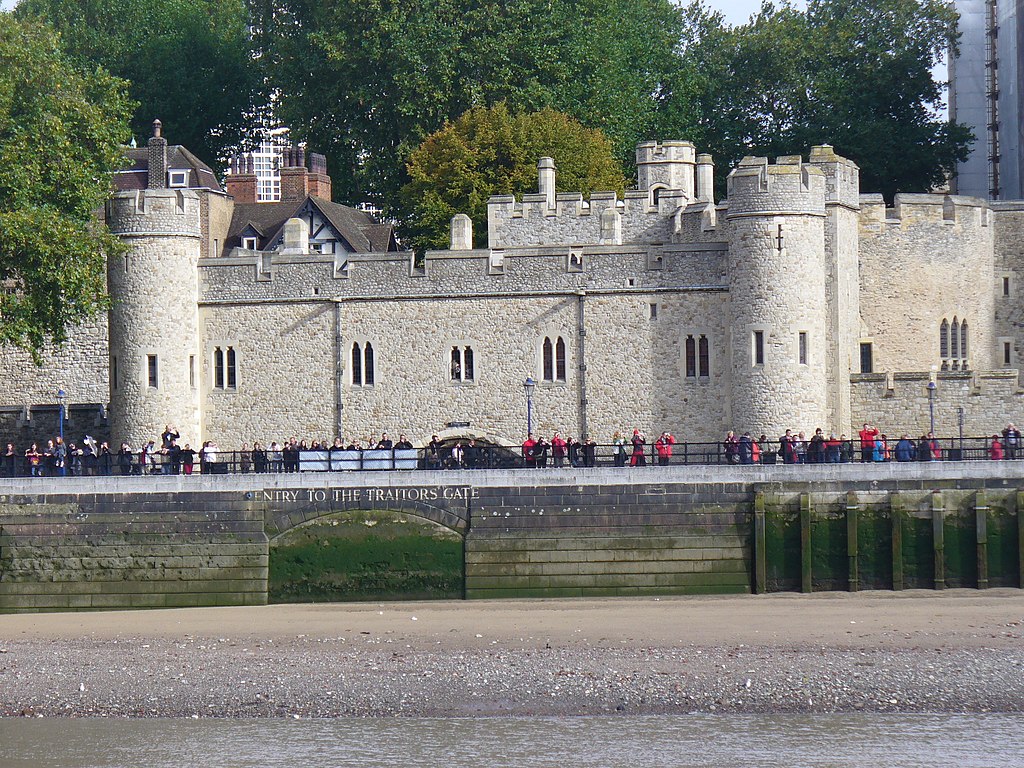 Colin Smith, CC BY-SA 2.0, Wikimedia Commons
Colin Smith, CC BY-SA 2.0, Wikimedia Commons
Traitors' Gate: A Real-Life Horror Show
Along this route, the accused also passed beneath the London Bridge. Here, those destined for lock-up had the great displeasure of gazing upon a truly horrifying scene—the severed heads of executed inmates mounted on pikes. Many of these doomed folks saw their own fates displayed before their very eyes.
The Crown Jewels
Beginning in the 1660s, the Tower of London became the home of Britain's most valuable treasures—the Crown Jewels.
The Crown Jewels: A Priceless Collection
The Crown Jewels are said to be worth billions—some say priceless due to their cultural importance. This unbelievable collection includes more than 23,000 gemstones and 100 precious objects. But what are some of the most famous pieces?
The Crown Jewels: St Edward's Crown (1661)
The British royals have a number of crowns, but there's only one used for the very first crowning—and that's St Edward's Crown, which dates back to 1661.
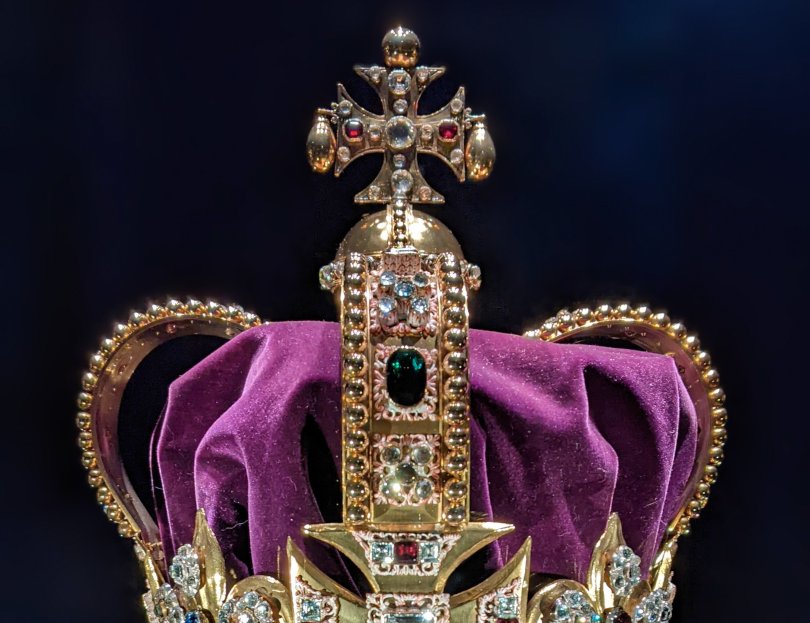 Sir Robert Viner, Wikimedia Commons
Sir Robert Viner, Wikimedia Commons
The Crown Jewels: St Edward's Crown (1661)
This crown is probably the most important one of all and certainly lives up to the Shakespeare quote, "Heavy is the head that wears the crown," because it weighs almost five pounds. Created for King Charles II, it was last used in 2023 during the coronation of Charles III.
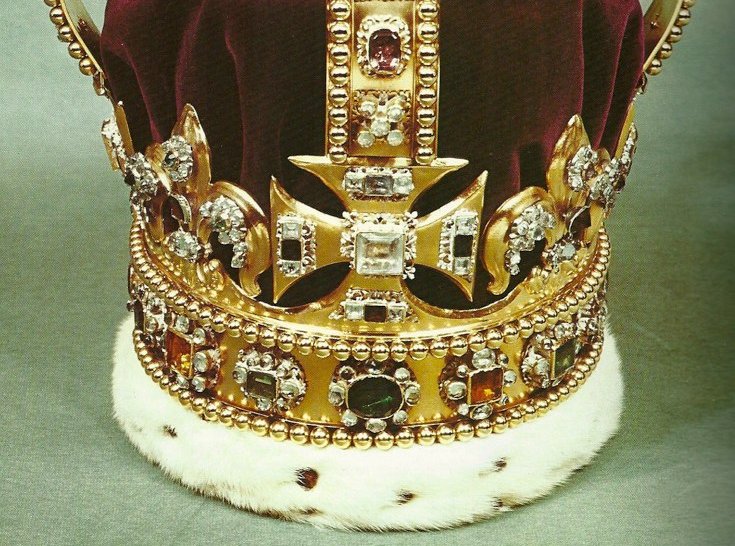 Nathan Hughes Hamilton, Flickr
Nathan Hughes Hamilton, Flickr
The Crown Jewels: The Imperial State Crown (1937)
Hold on to your hats, because there's another crown used during a coronation. As the brand new Monarch leaves Westminster Abbey, they will be seen wearing the Imperial State Crown, which dates back to 1937. It will also be broken out for other events, such as the annual State Opening of Parliament.
However, it's what it's made of that is the real shocker.
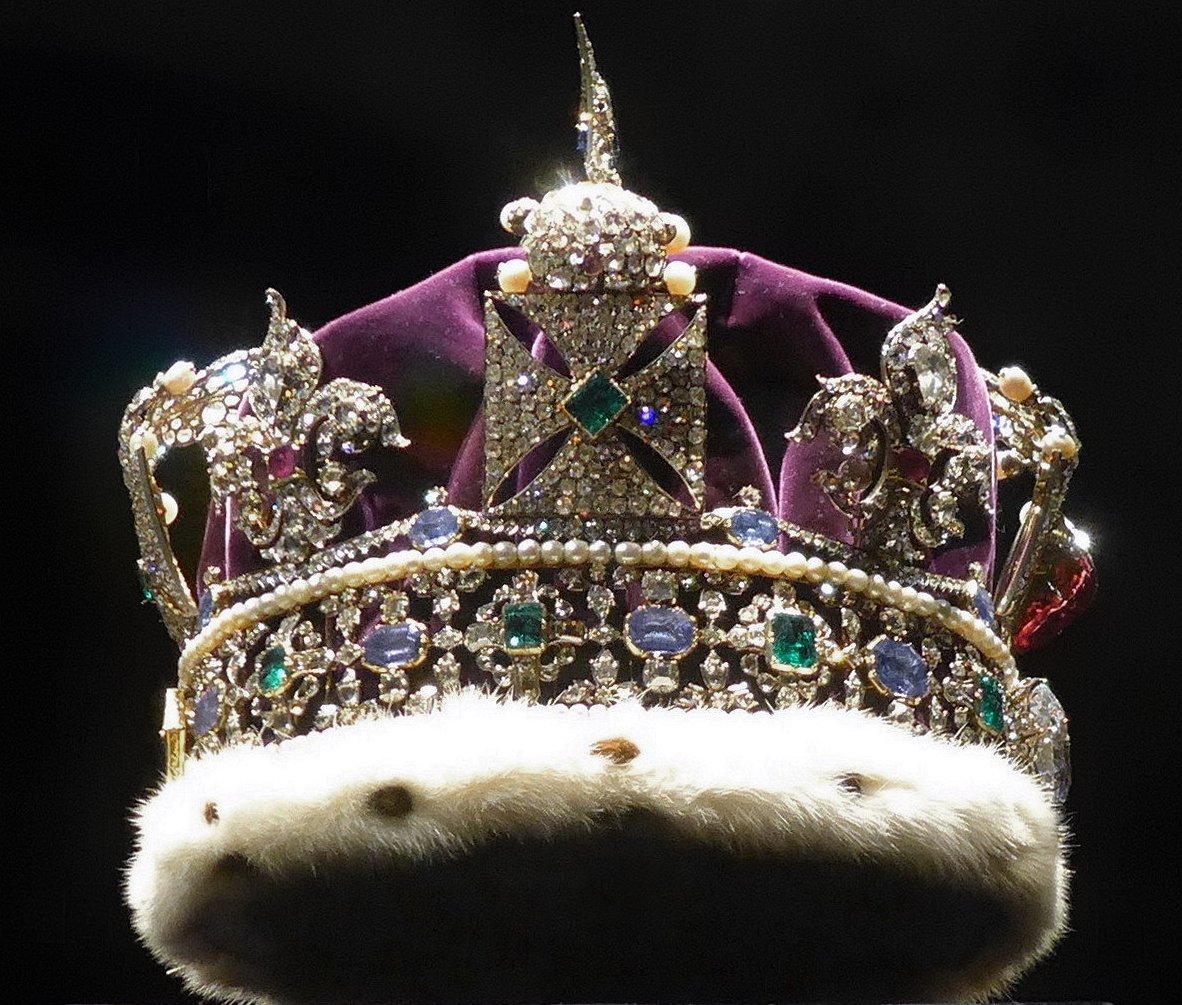 Unknown Author, Wikimedia Commons
Unknown Author, Wikimedia Commons
The Crown Jewels: The Imperial State Crown (1937)
The Imperial State Crown is fashioned out of gold. Not only that but it also has some seriously impressive gemstones, including the Stuart Sapphire and Cullinan II diamond. The jaw-dropping total? 2,868 diamonds, 17 sapphires, 11 emeralds, 269 pearls, and 4 rubies.
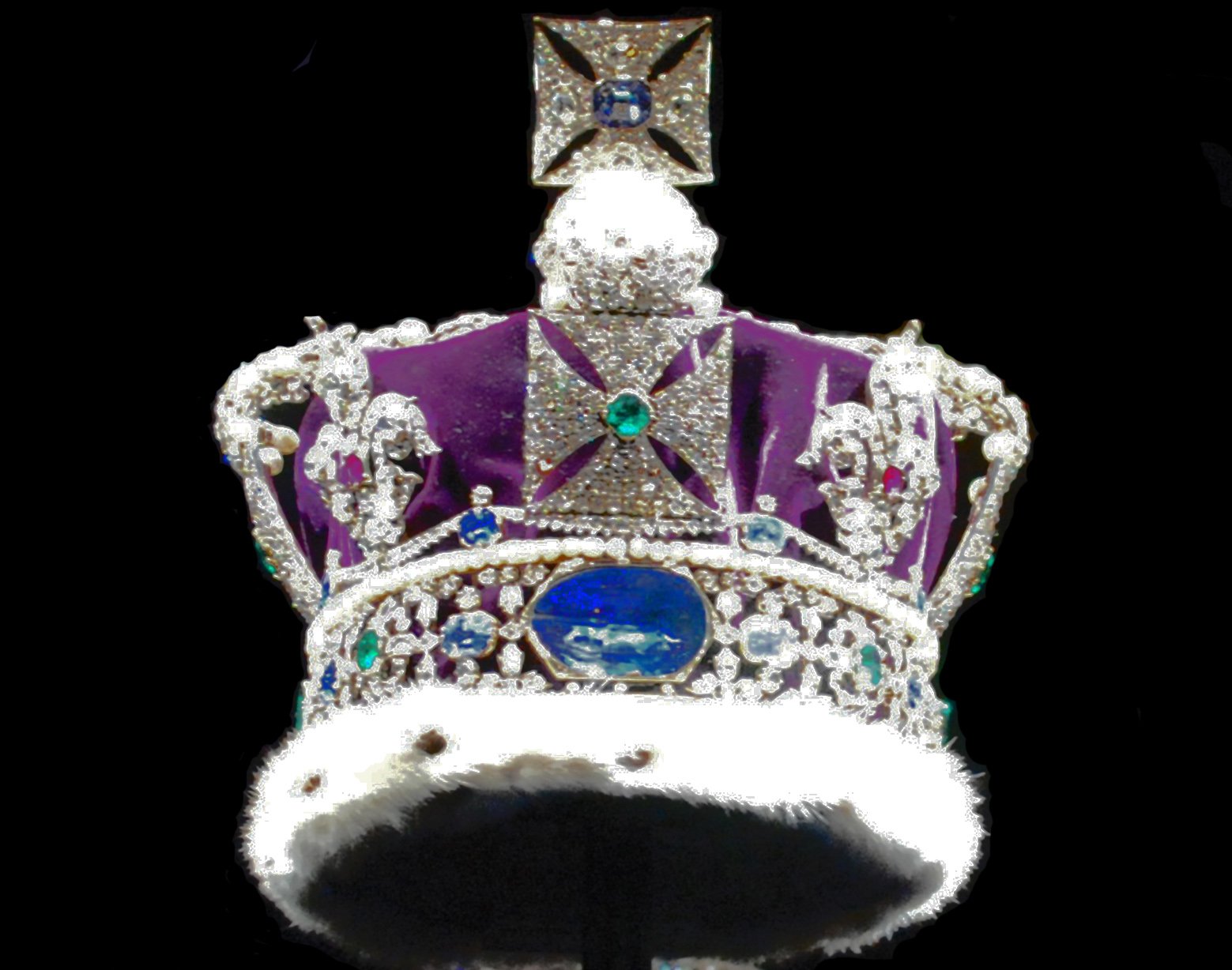 Adam Storey, CC BY 2.0, Wikimedia Commons
Adam Storey, CC BY 2.0, Wikimedia Commons
The Crown Jewels: The Imperial State Crown (1937)
The Imperial State Crown is the crown that the monarch wears as they leave Westminster Abbey after the coronation. It is also used on other State occasions including the annual State Opening of Parliament.
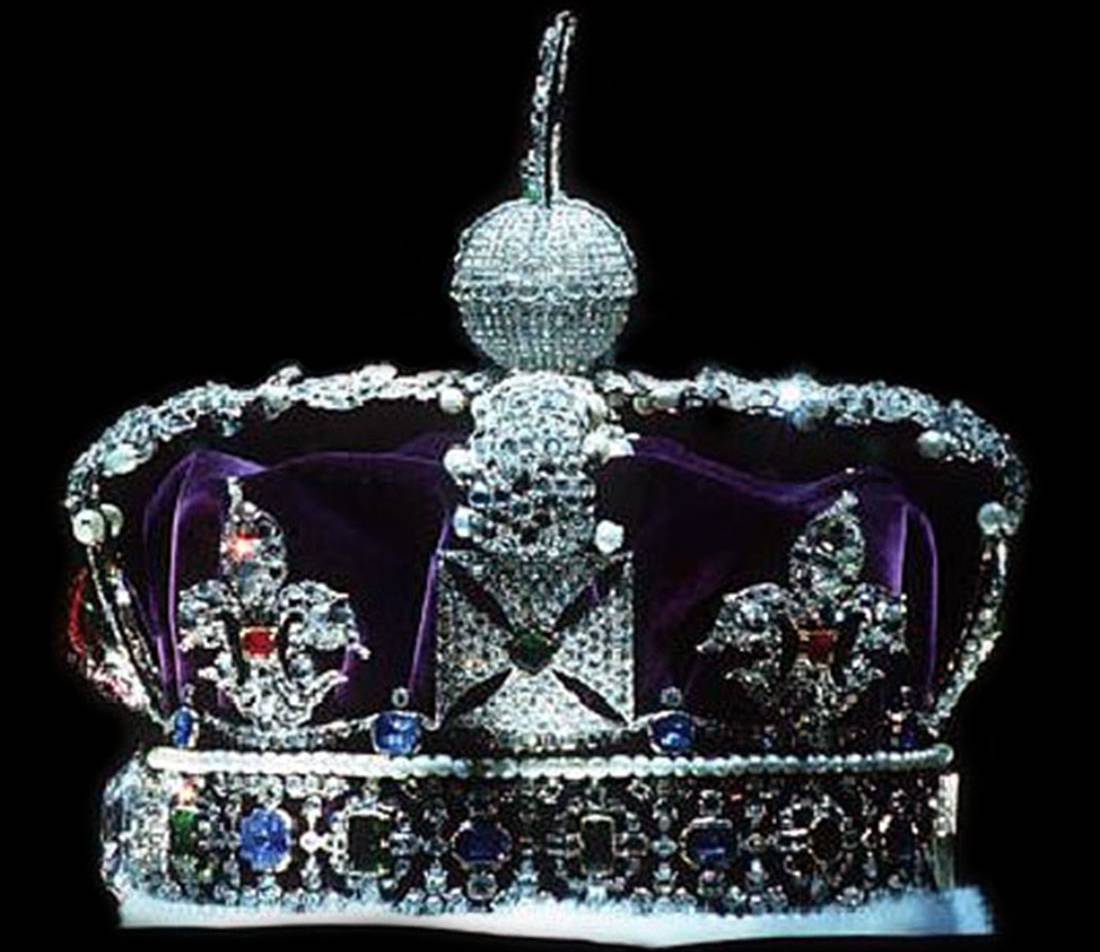 Aleister Crowley, Wikimedia Commons
Aleister Crowley, Wikimedia Commons
The Crown Jewels: The Sovereign's Sceptre With Cross (1661)
The Sovereign’s Sceptre With Cross also began with the coronation of Charles II in 1661. However, in 1910, it underwent a jaw-dropping makeover.
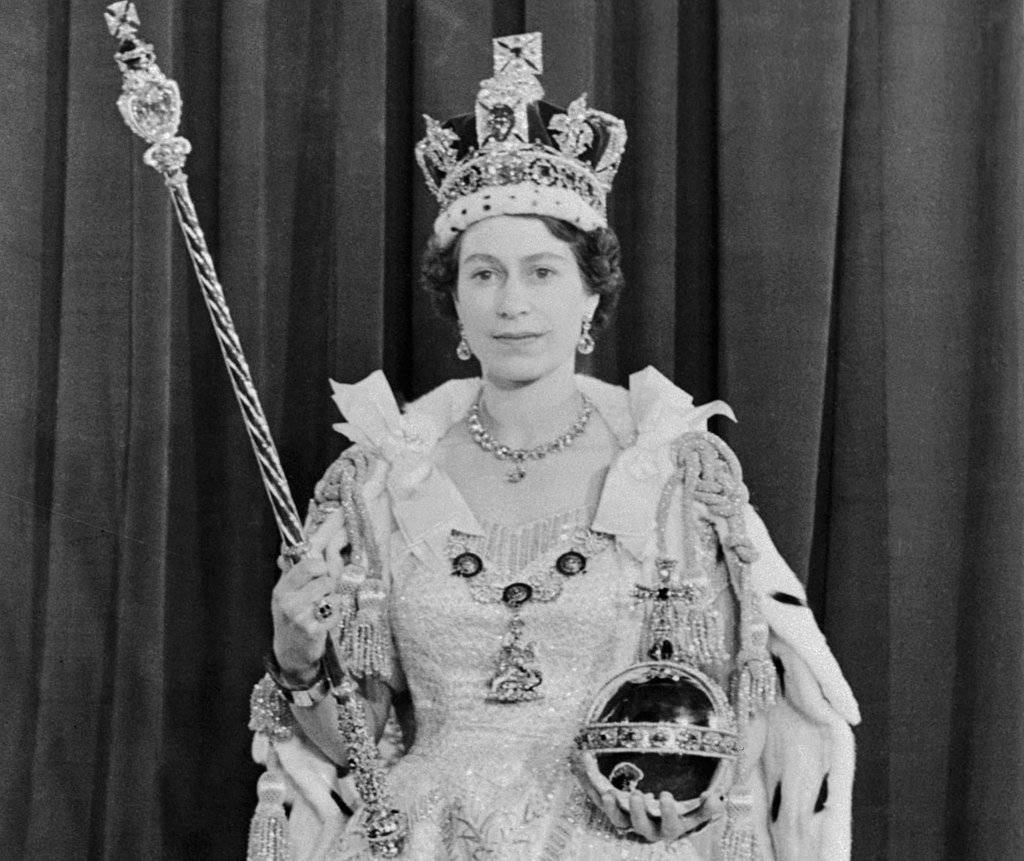 BiblioArchives / LibraryArchives, CC BY 2.0, Wikimedia Commons
BiblioArchives / LibraryArchives, CC BY 2.0, Wikimedia Commons
The Crown Jewels: The Sovereign's Sceptre With Cross (1661)
Enter: the Cullinan I diamond, AKA the Great Star of Africa. This unbelievable piece holds the record for the largest colorless diamond ever—530.2 carats. The addition of this diamond to the sceptre truly turned it into a show-stopping object.
Knowing the unfathomable value of the Crown Jewels, it might be hard to believe that they were almost stolen in 1671.
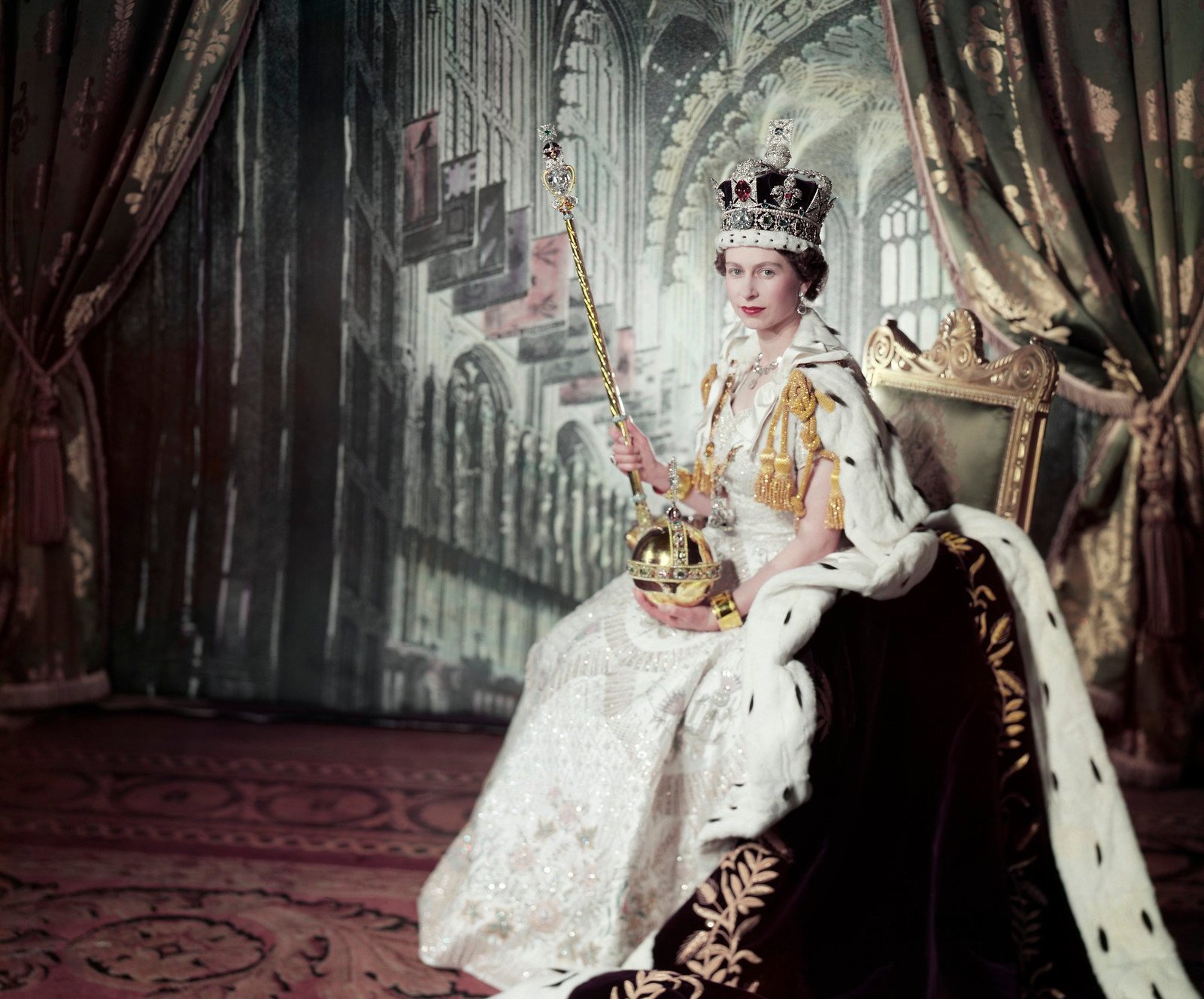 Cecil Beaton, Wikimedia Commons
Cecil Beaton, Wikimedia Commons
Colonel Thomas Blood
Quite fittingly, the man who attempted to snatch the priceless treasures for himself was named Colonel Thomas Blood. Though he'd once served the king and went to battle for his country during the English Civil War, Blood eventually got involved in some seriously dubious schemes.
Colonel Thomas Blood: Tricking The Keeper of The Jewel House
On May 9, 1671, Colonel Blood put his dastardly plan to snatch the Crown Jewels into action. He and his co-conspirators began by hoodwinking the Keeper of the Jewel House—Talbot Edwards.
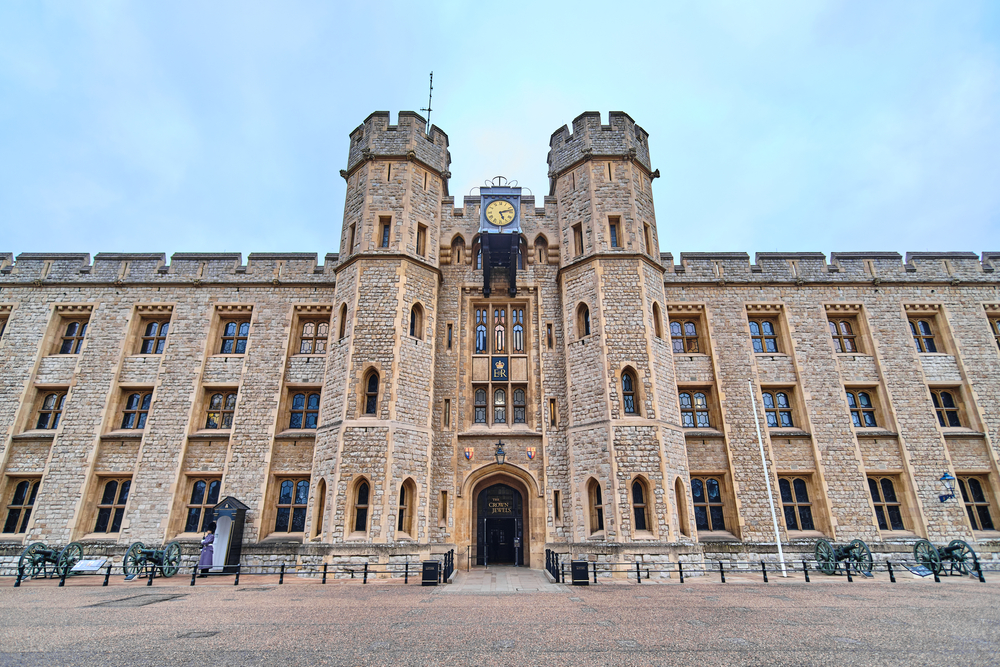 inProgressImaging, Shutterstock
inProgressImaging, Shutterstock
Colonel Thomas Blood: They Got Him Alone
Security in the olden days just wasn't up to scratch—and some folks were even permitted to hold the Crown Jewels if they coughed up enough dough. However, once Blood and his crew convinced Edwards to show them the goods, they pounced.
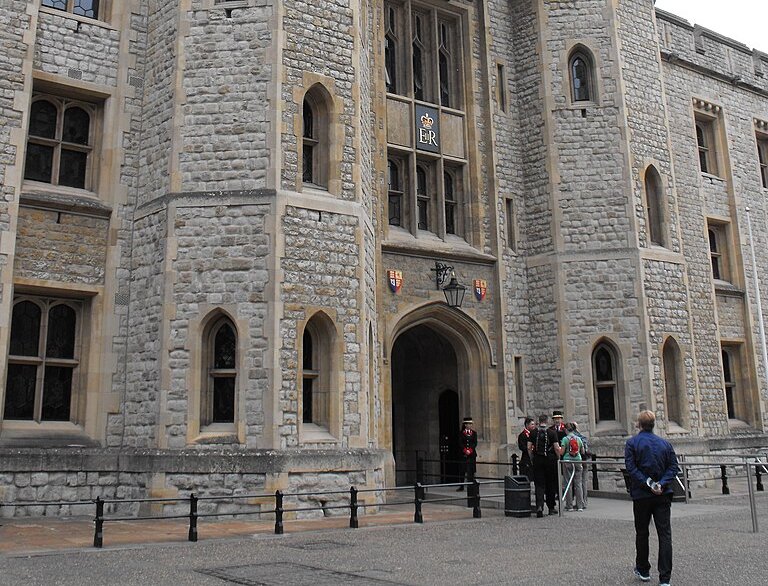 Samuel Taylor Geer, CC BY-SA 4.0, Wikimedia Commons
Samuel Taylor Geer, CC BY-SA 4.0, Wikimedia Commons
Colonel Thomas Blood: Snatching The Crown Jewels
Blood's men brutalized Edwards and got their greedy paws on exactly what they wanted: the Sovereign's Sceptre with Cross, the Imperial State Crown, and the Orb. But they didn't get away with it.
Colonel Thomas Blood: A Failed Attempt
Just in time, Edwards' son walked in on the horrifying scene. With an alarm raised, Blood and his men floundered and tried to escape—but were ultimately apprehended. However, there was one more shocking twist.
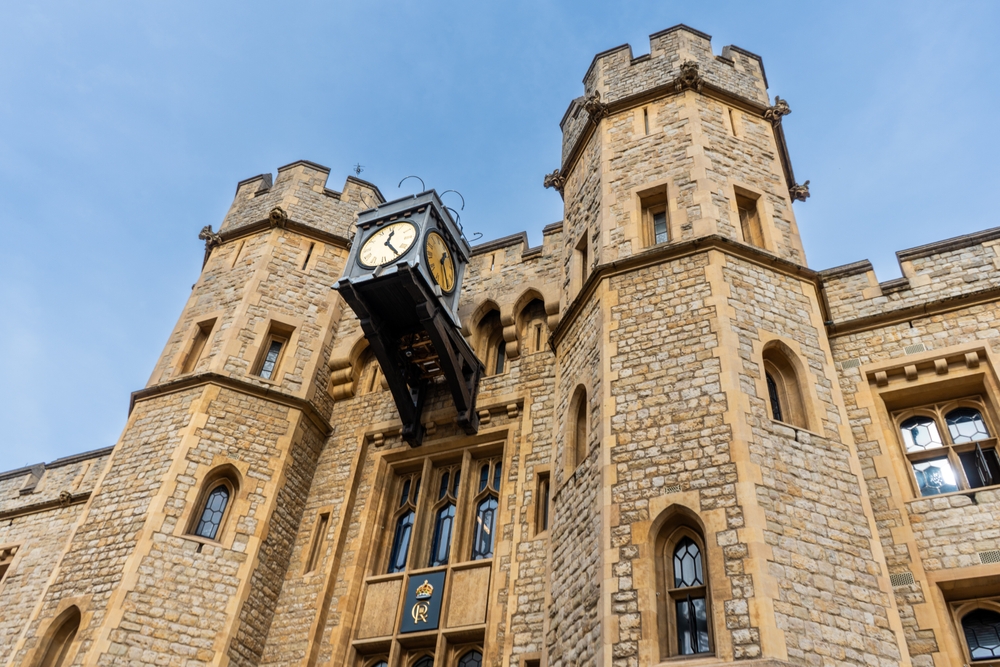 Jamilya Khalilulina, Shutterstock
Jamilya Khalilulina, Shutterstock
Colonel Thomas Blood: He Had A Silver Tongue
Considering how treacherous his misdeed was, it's absolutely baffling that Blood walked away from this ordeal without being severely punished. Turns out, the man had the gift of a silver tongue and managed to persuade King Charles II to give him a second chance.
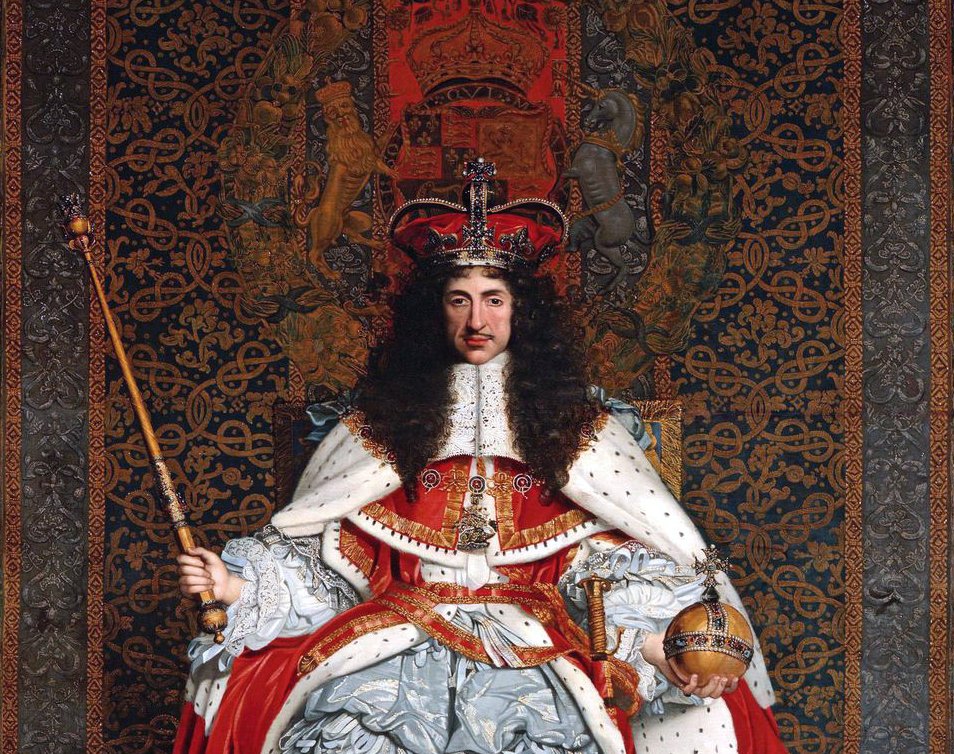 John Michael Wright, Wikimedia Commons
John Michael Wright, Wikimedia Commons
The Two Princes Staircase
The Tower of London's old keep is called the White Tower—and it once hid a grisly secret. Close to the entryway is the Two Princes Staircase, where, in 1674, renovations unearthed the remains of two children.
The Two Princes Staircase: A Mysterious Disappearance
The discovery of these bones dredged up the story of the mysterious disappearance of two princes during the 15th century—Edward V and Richard Duke of York.
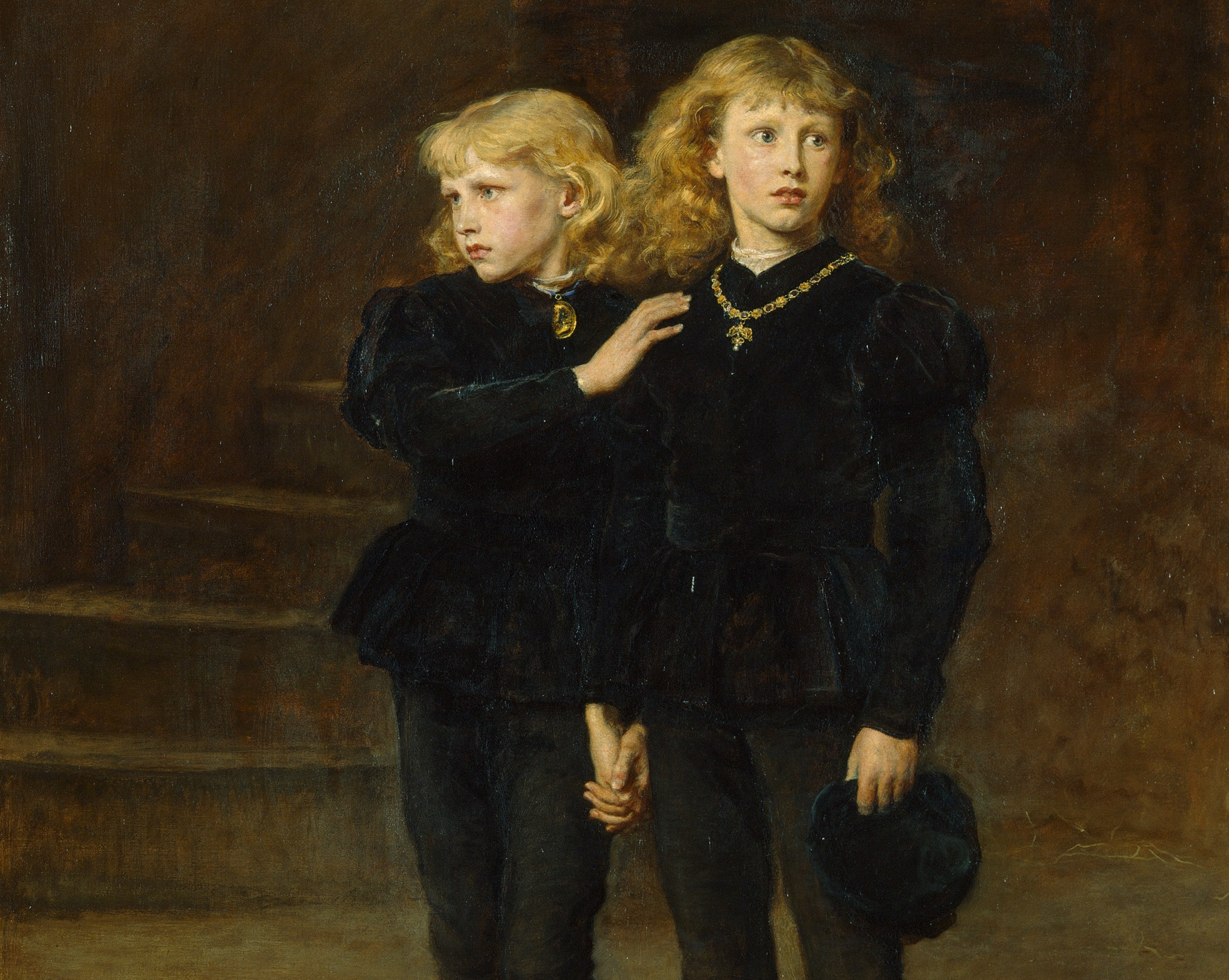 John Everett Millais, Wikimedia Commons
John Everett Millais, Wikimedia Commons
The Two Princes Staircase: A Covetous Uncle
It is believed that children's' uncle, Richard III, slayed them after their father's passing, so as to get his hands on the royal crown. Though there is no evidence to support these wild claims, the theory is nevertheless quite convincing.
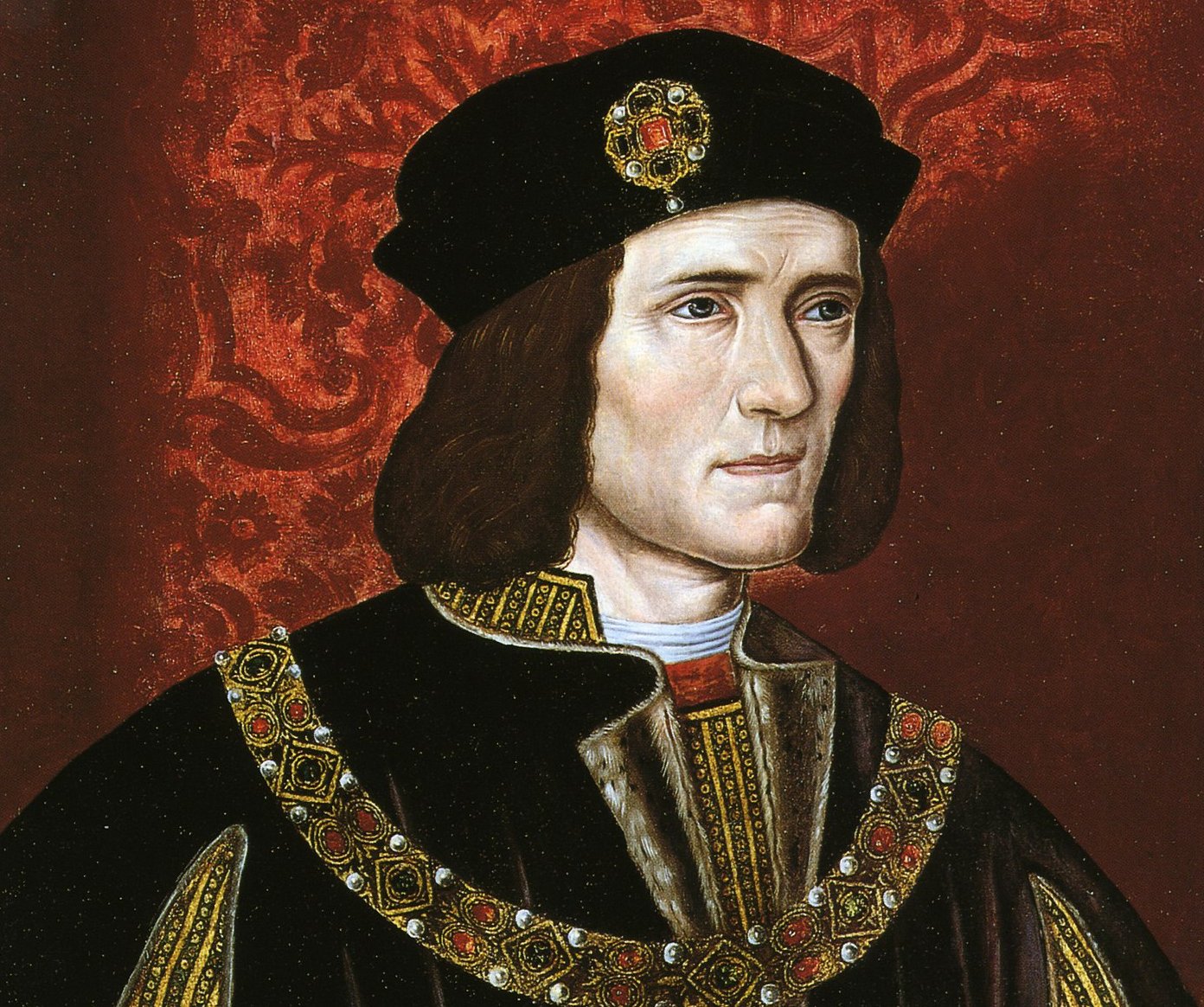 National Portrait Gallery, Wikimedia Commons
National Portrait Gallery, Wikimedia Commons
The Two Princes Staircase: They Stayed In The White Tower
You see, after the loss of the princes' father in 1483, Richard III gained custody of them. And where did they stay? In the White Tower, of course. However, the next summer, there were no longer any recorded mentions of the two boys...
It wasn't until the 17th century that the two skeletons came to light.
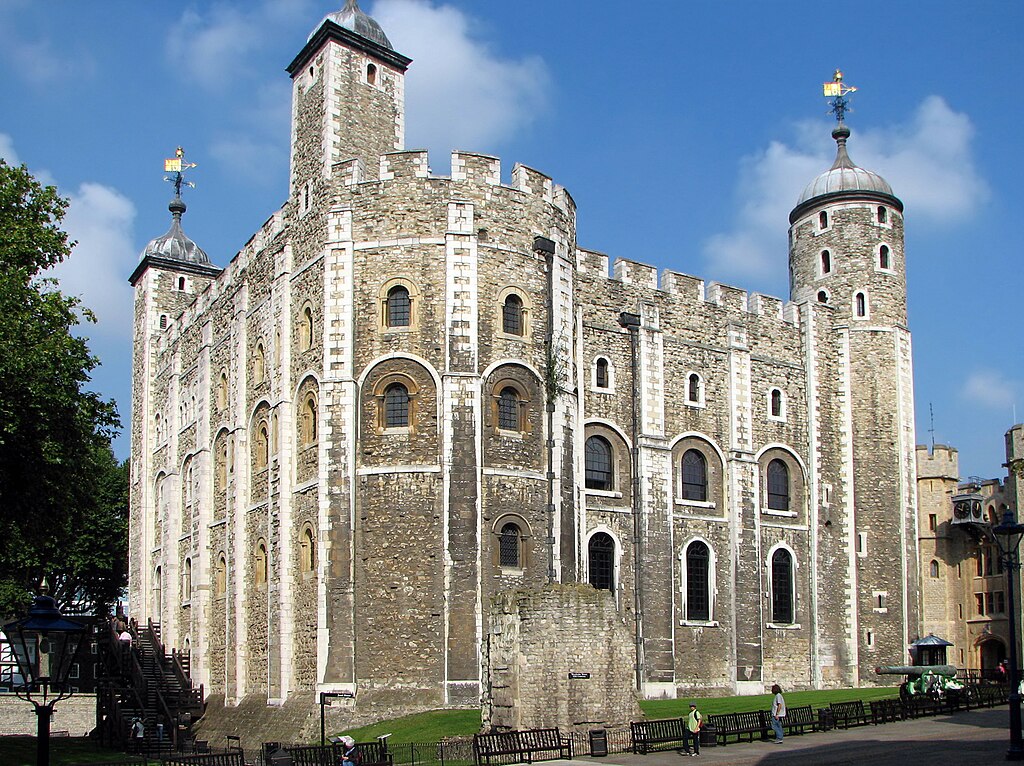 Bernard Gagnon, CC BY-SA 3.0, Wikimedia Commons
Bernard Gagnon, CC BY-SA 3.0, Wikimedia Commons
The Two Princes Staircase: No DNA Testing Allowed
Frustratingly, we may never know whether these remains truly belonged to the lost princes. Westminster Abbey currently safe-keeps the bones, but the Church of England has barred all attempts at having them exhumed and tested.
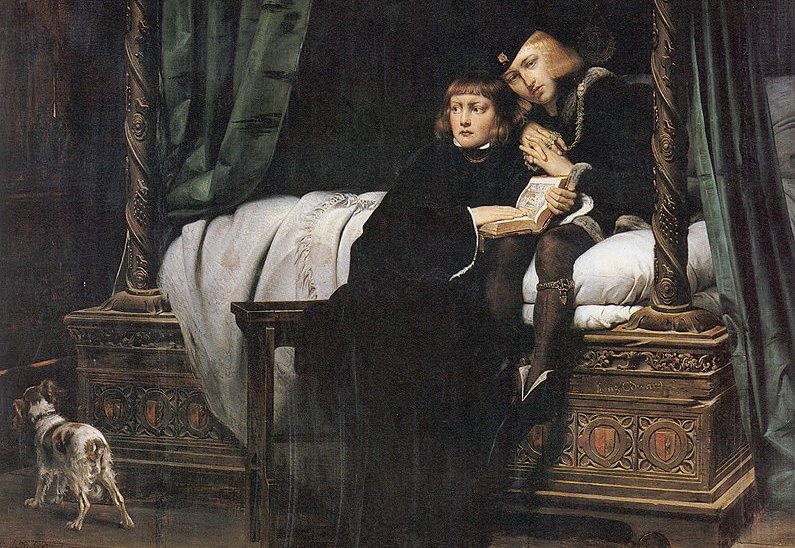 Paul Delaroche, Wikimedia Commons
Paul Delaroche, Wikimedia Commons

